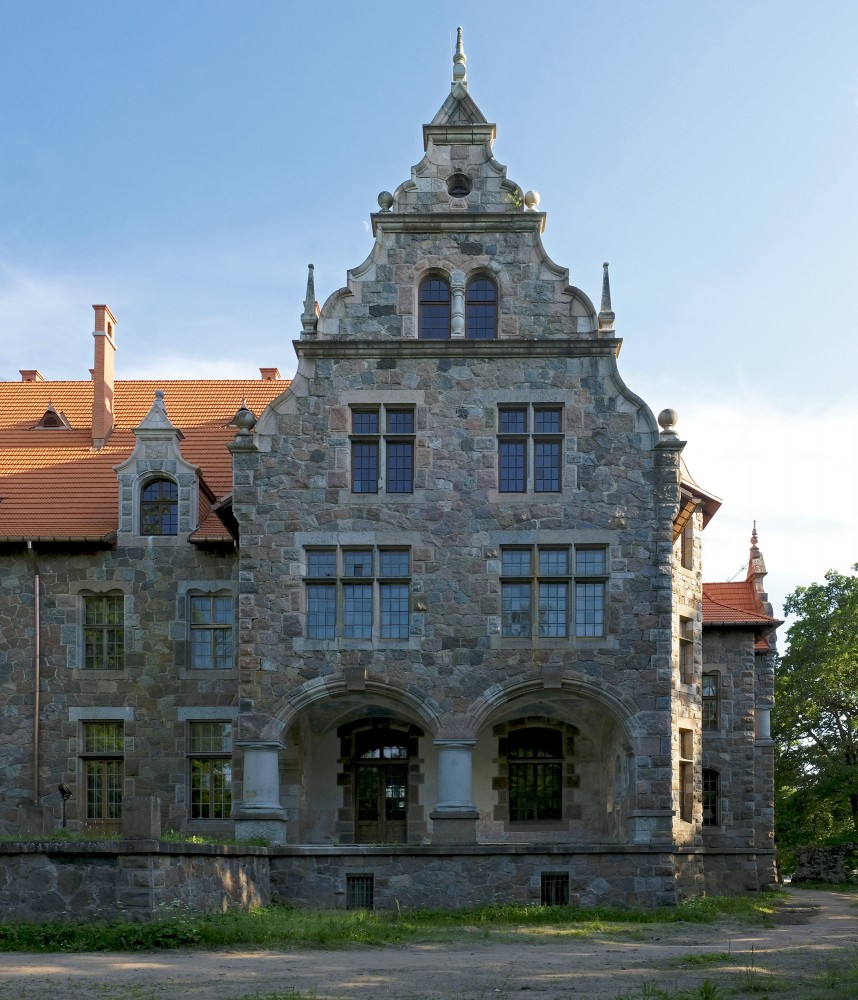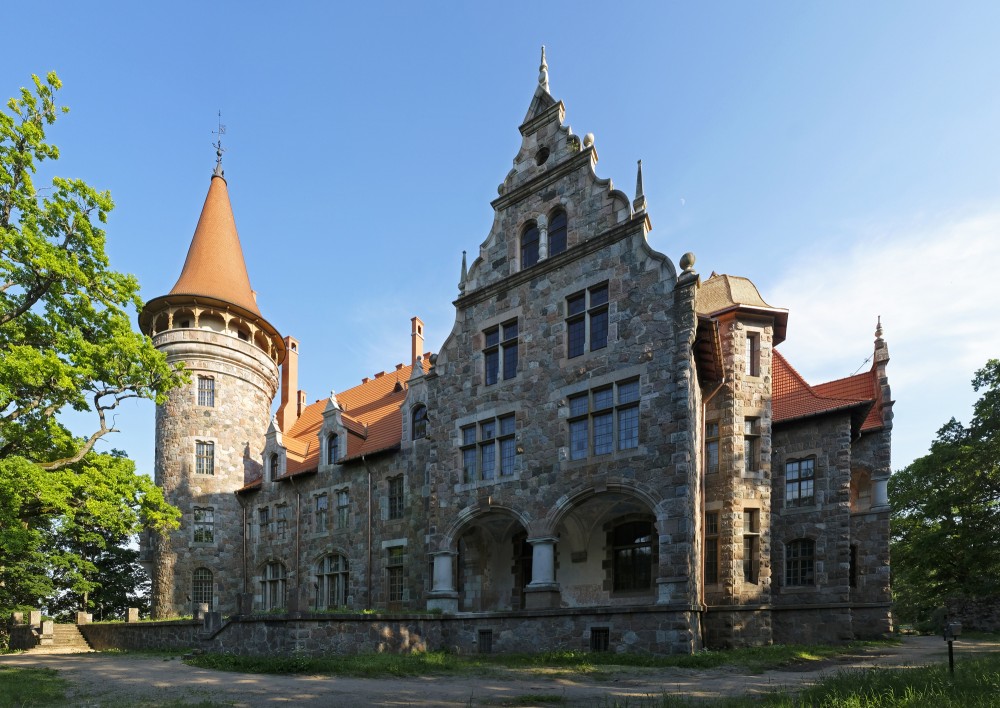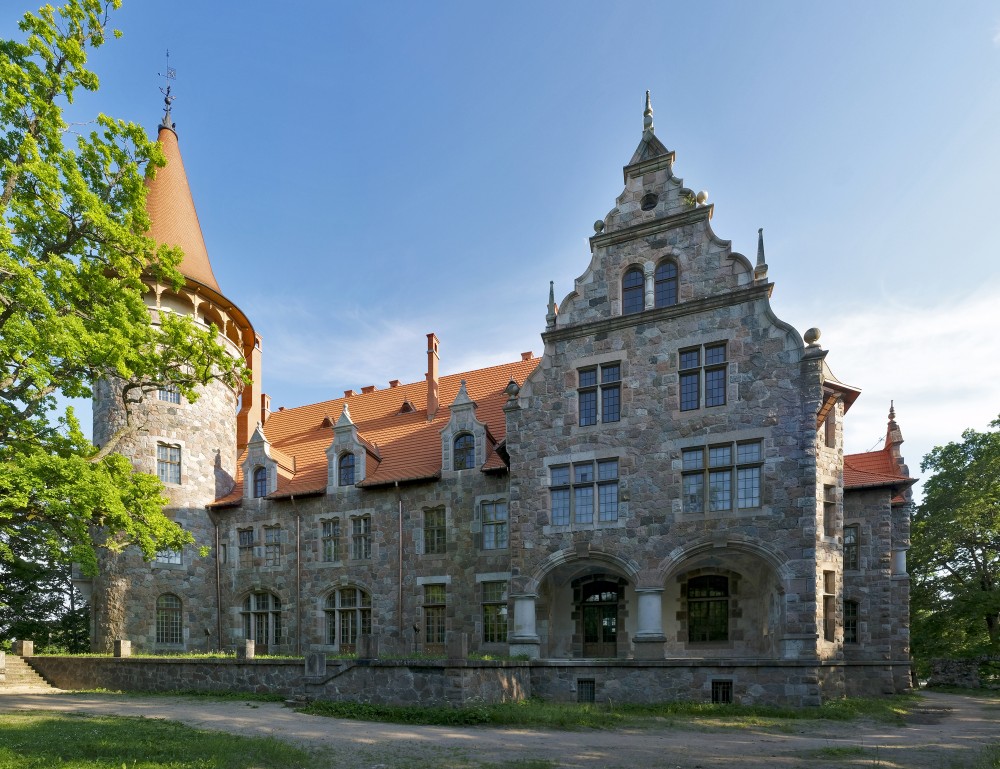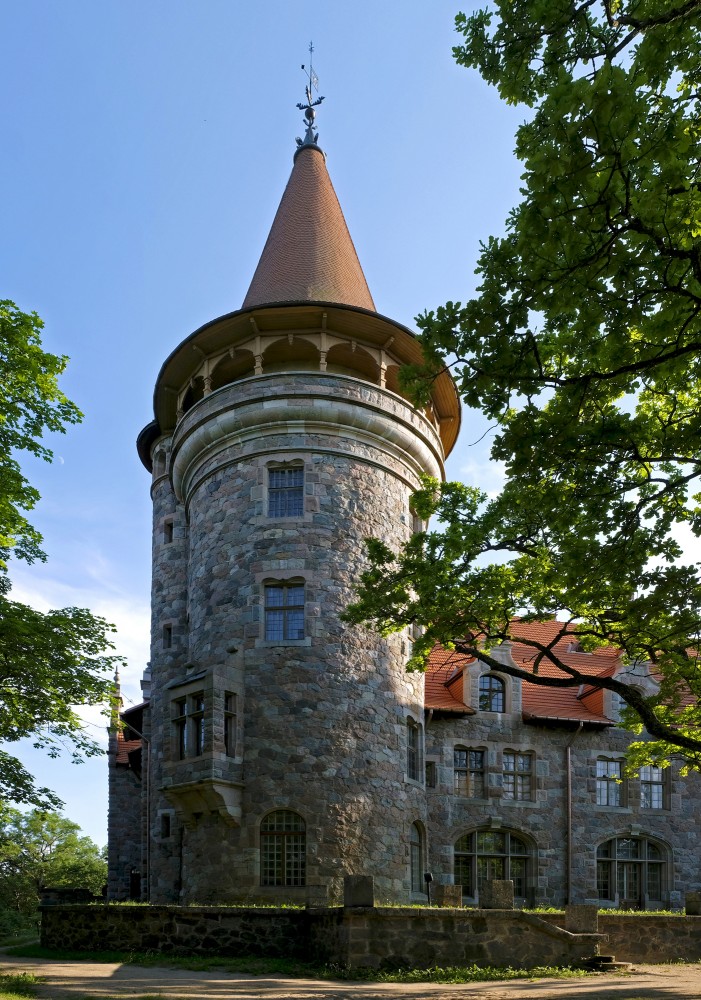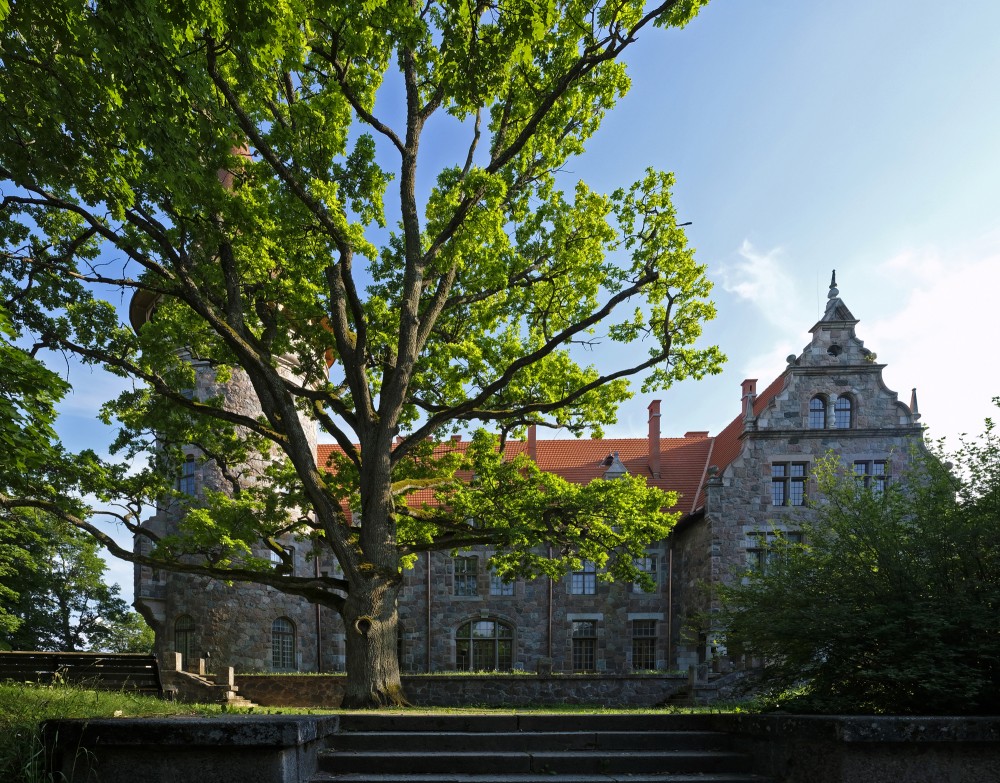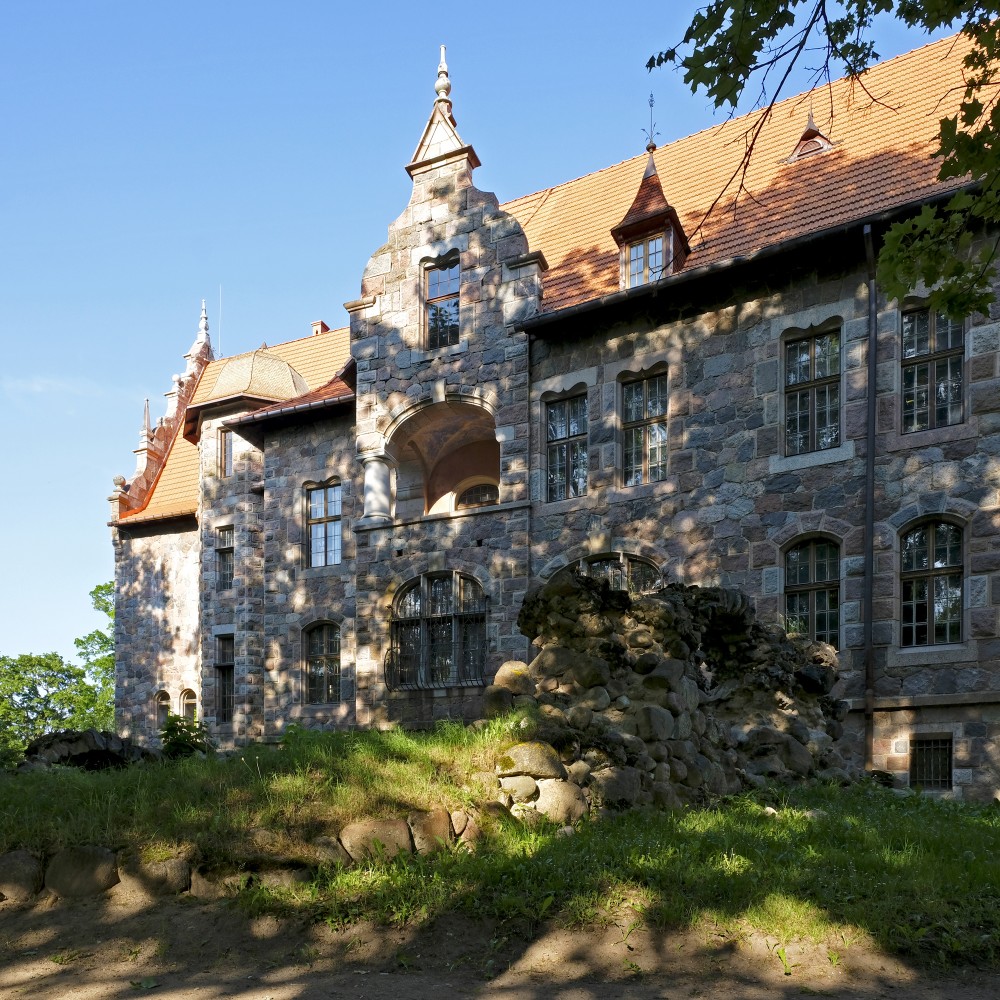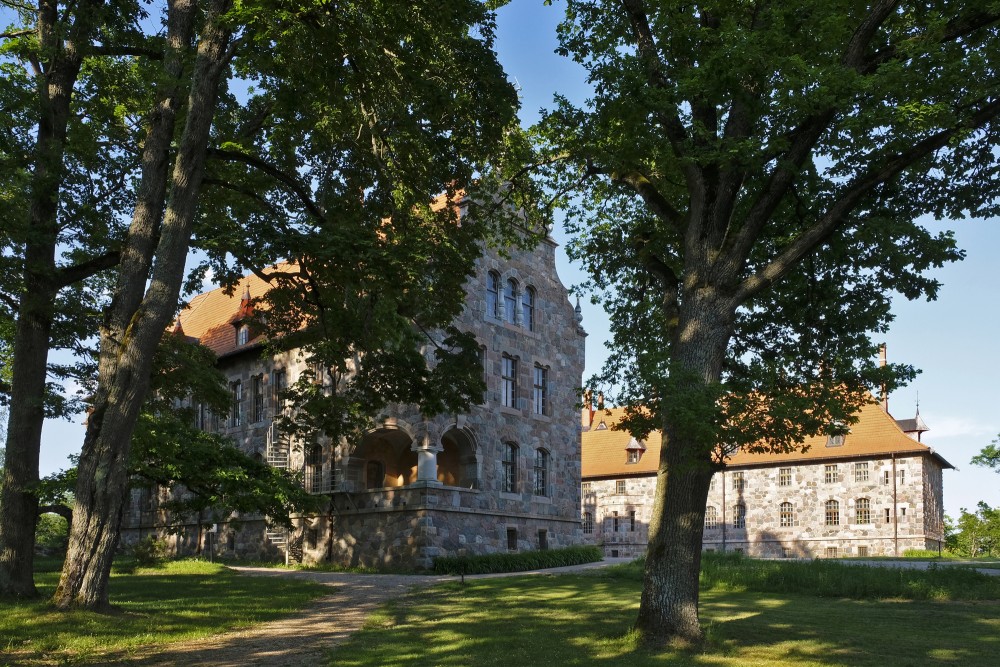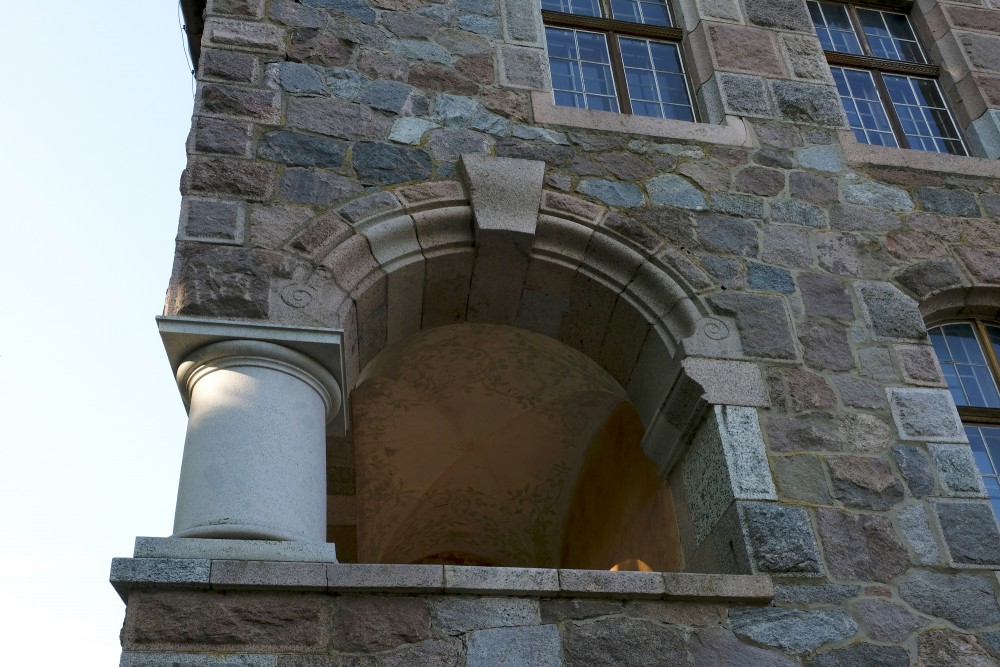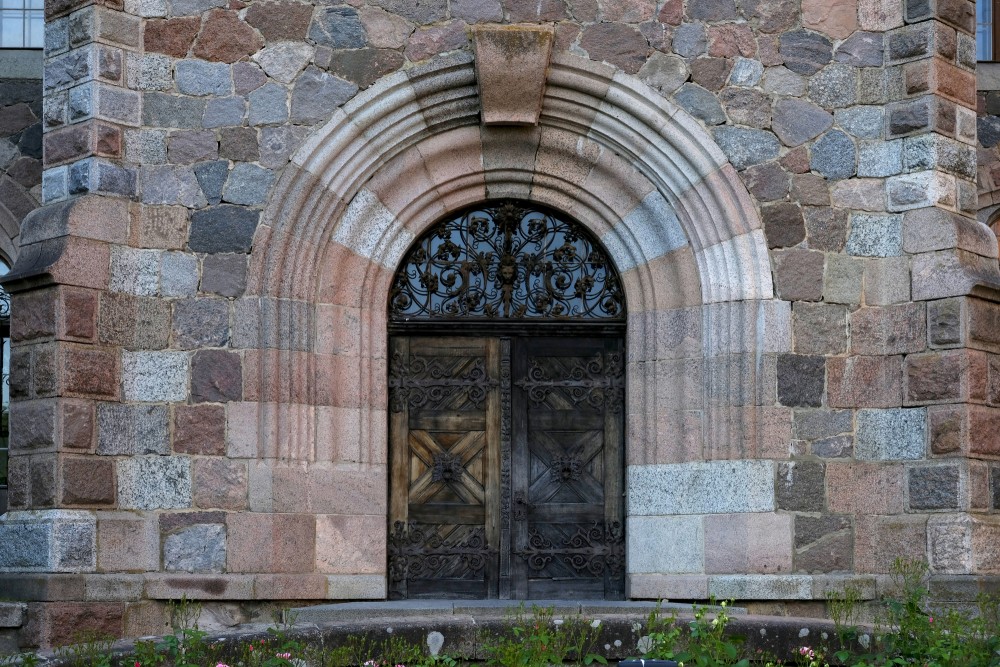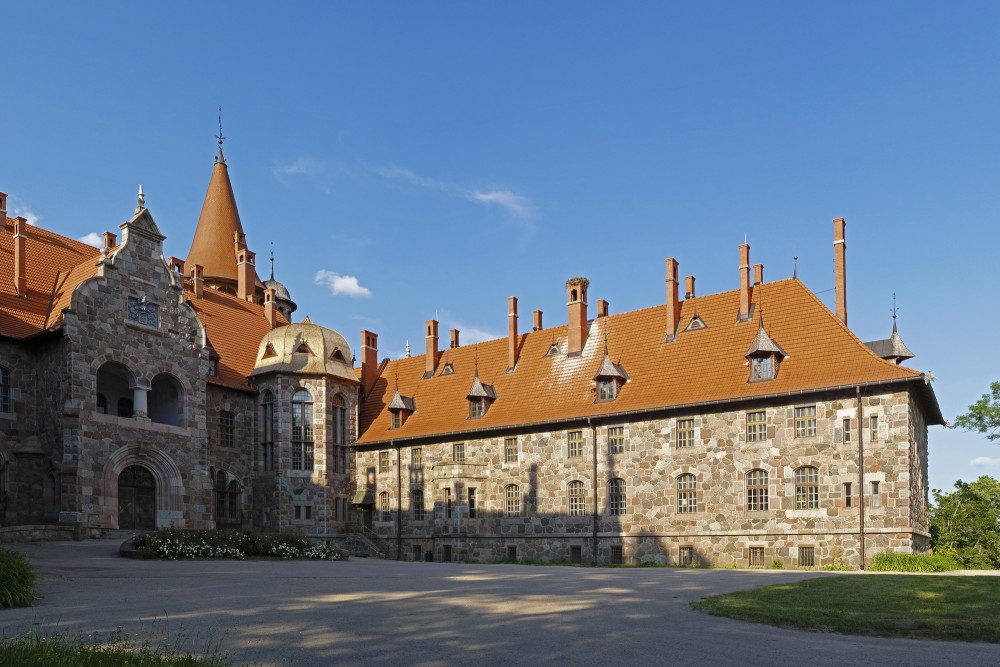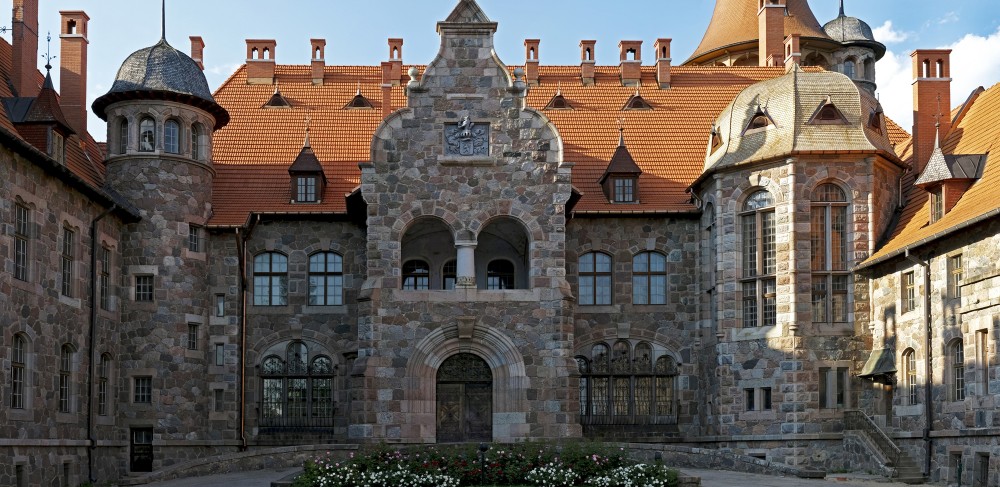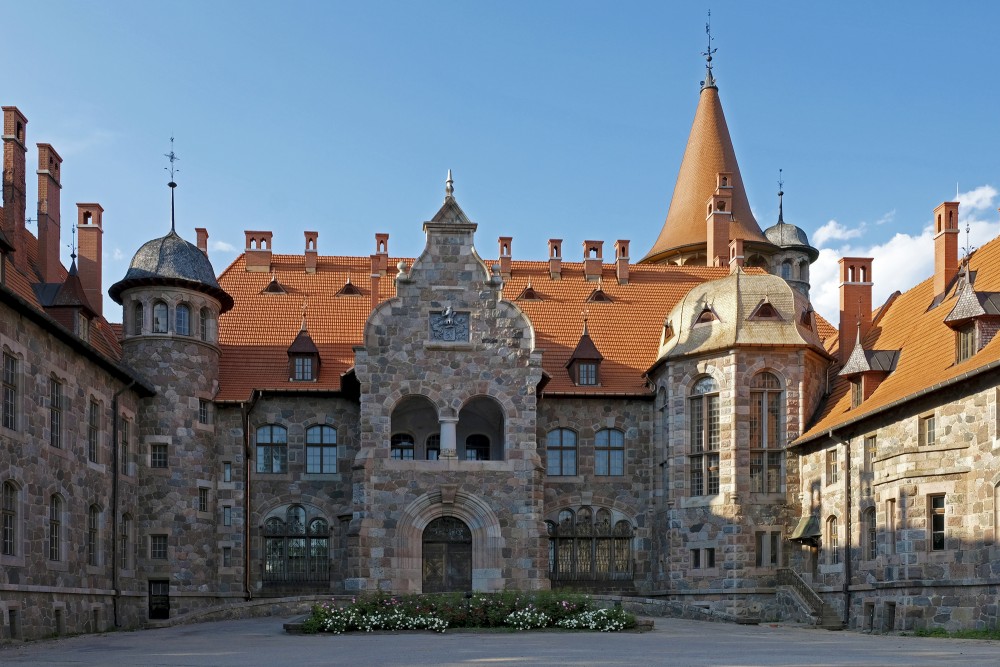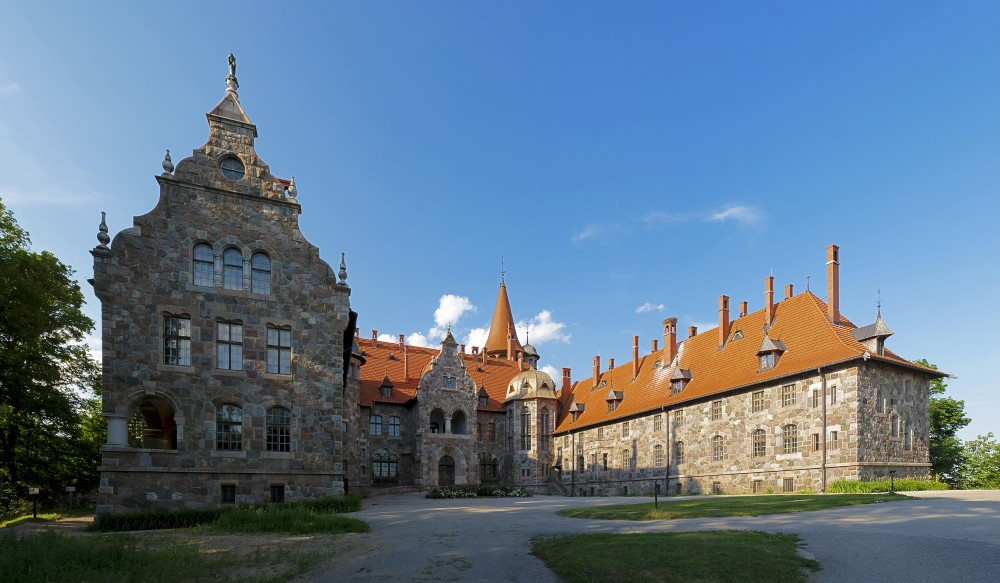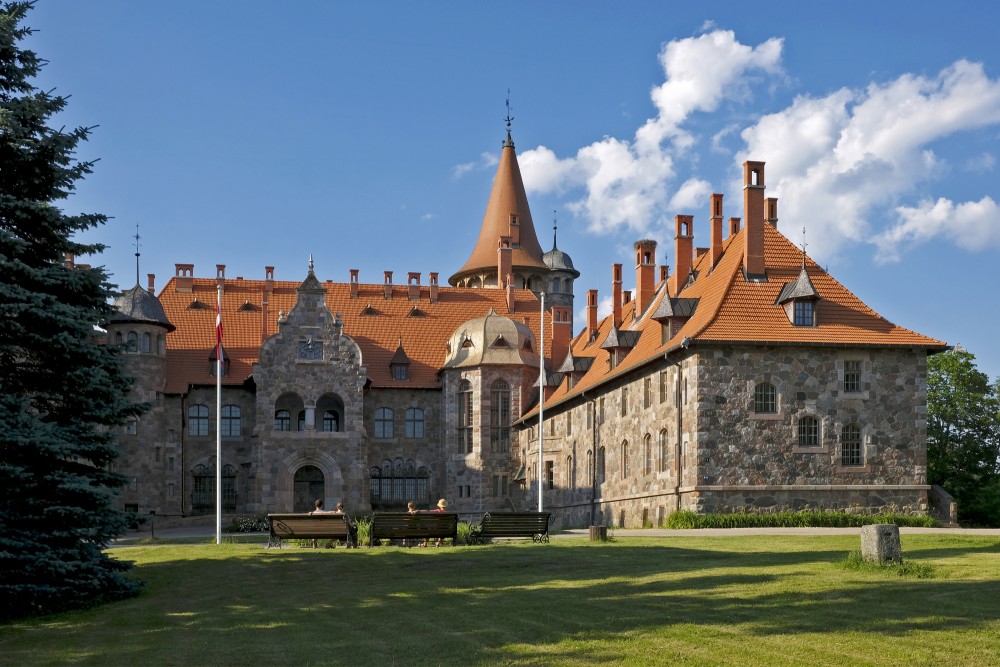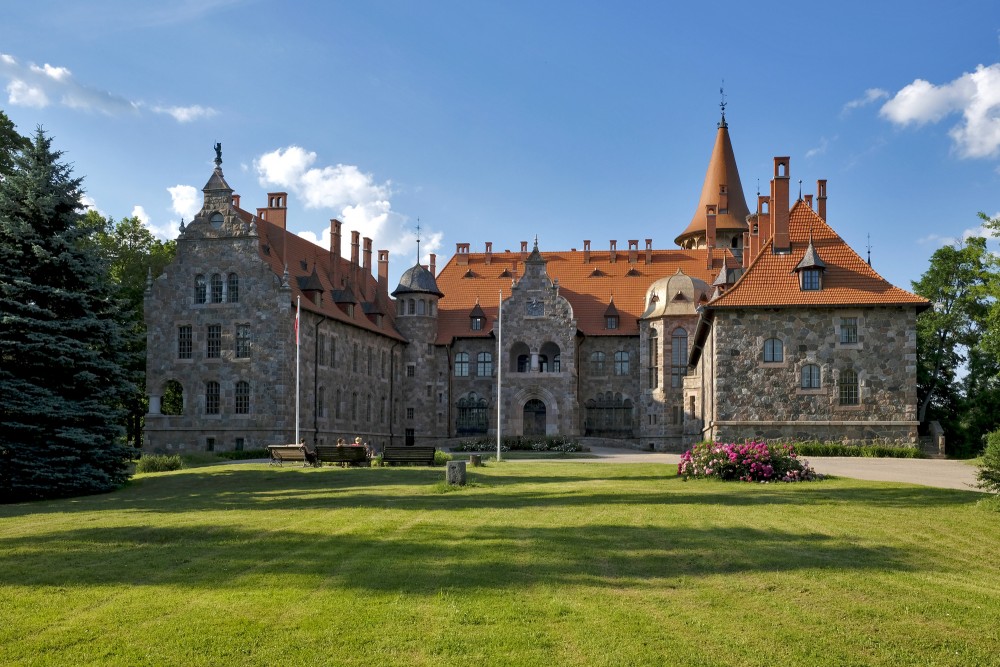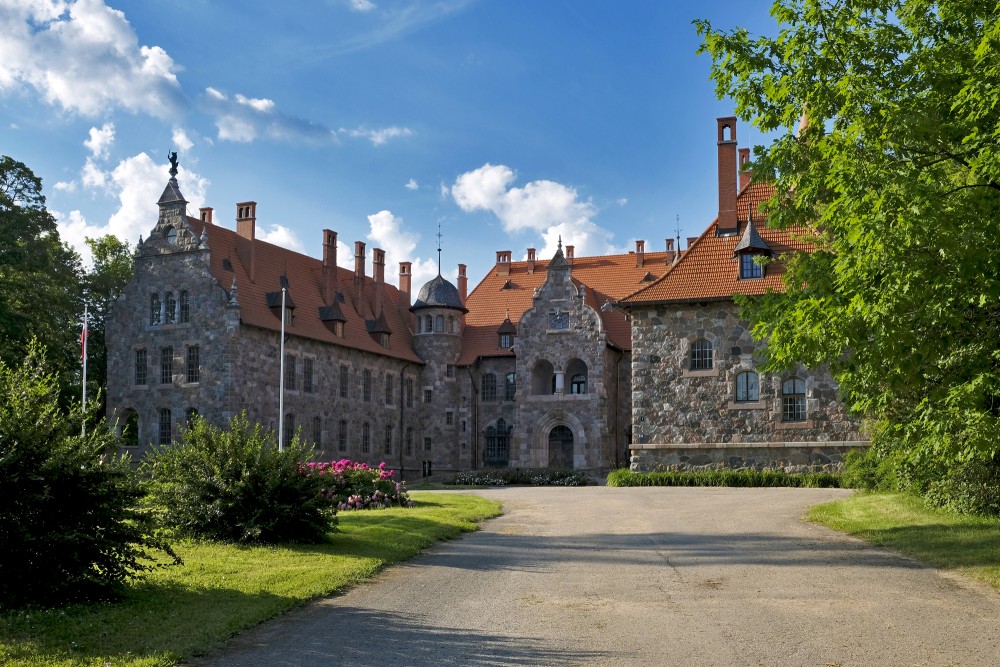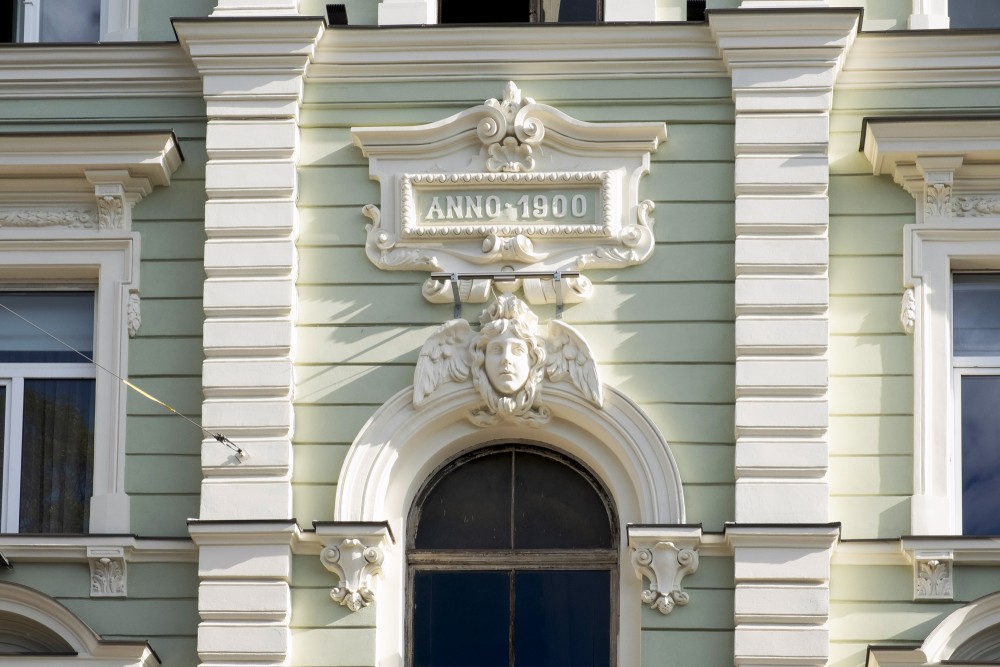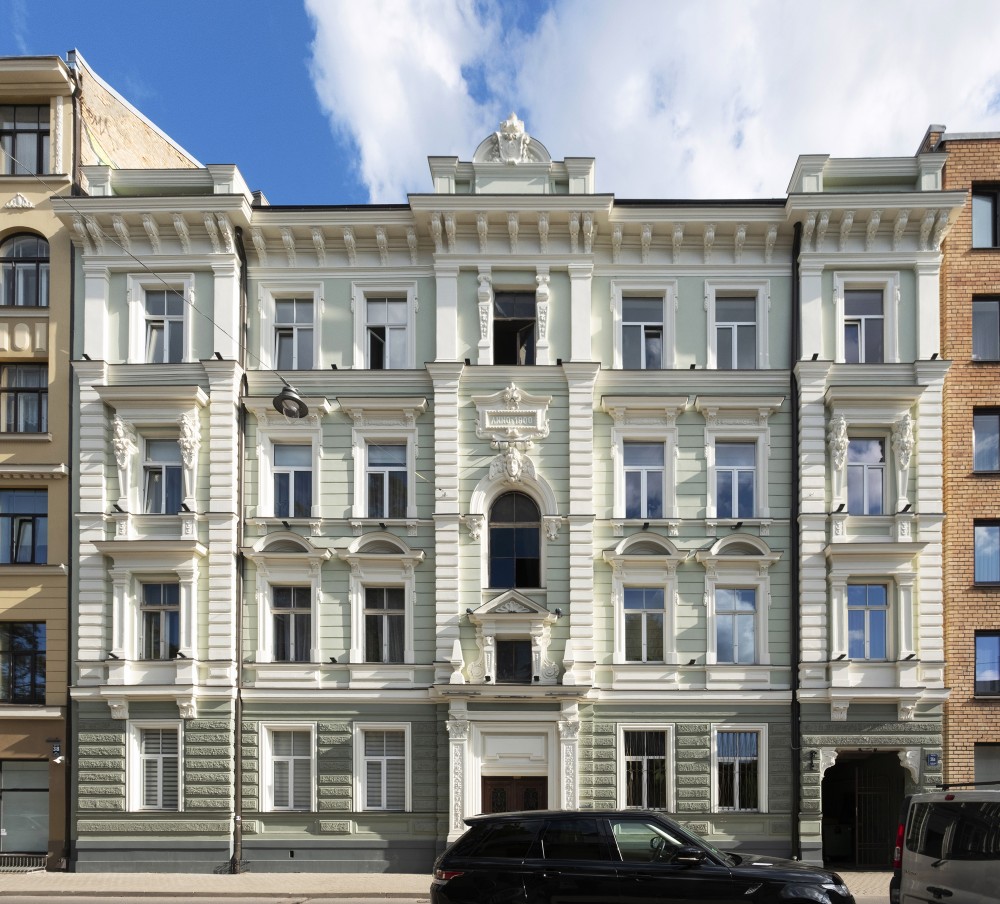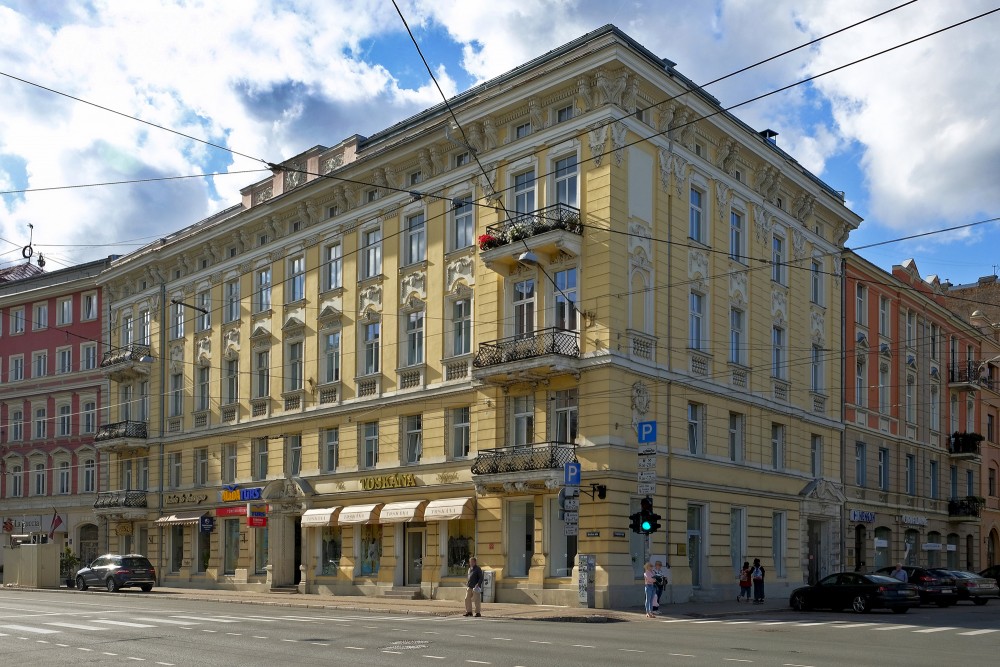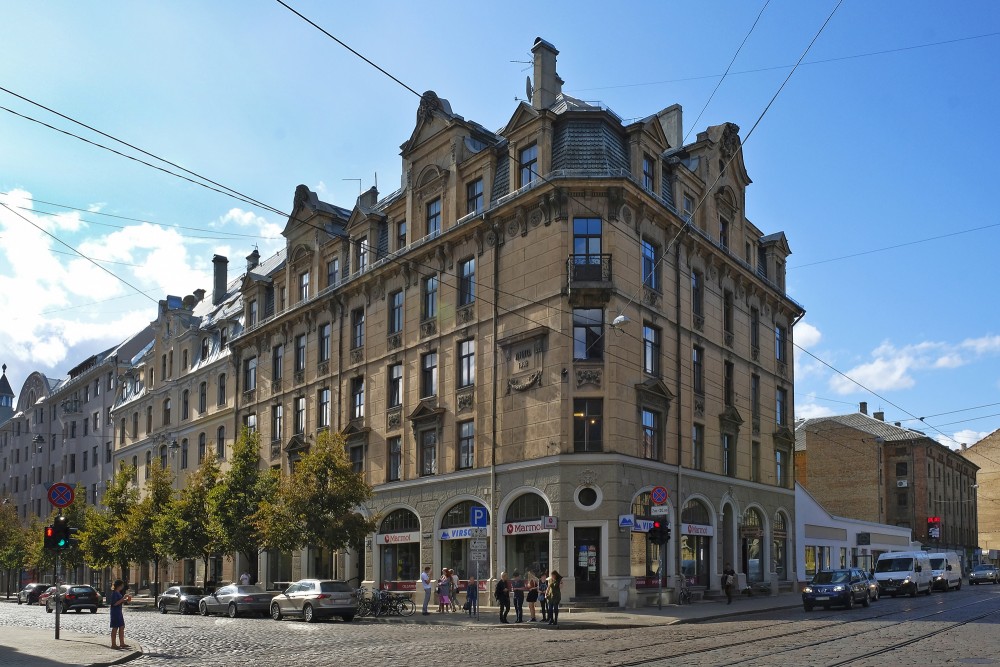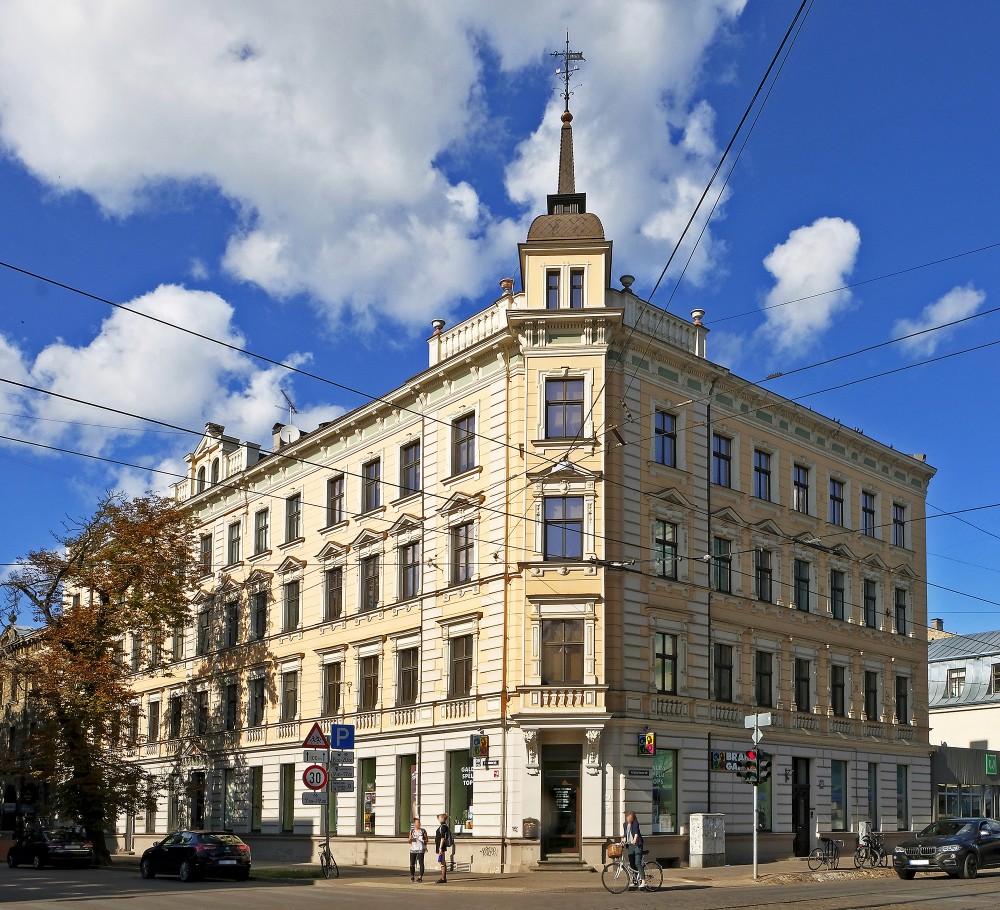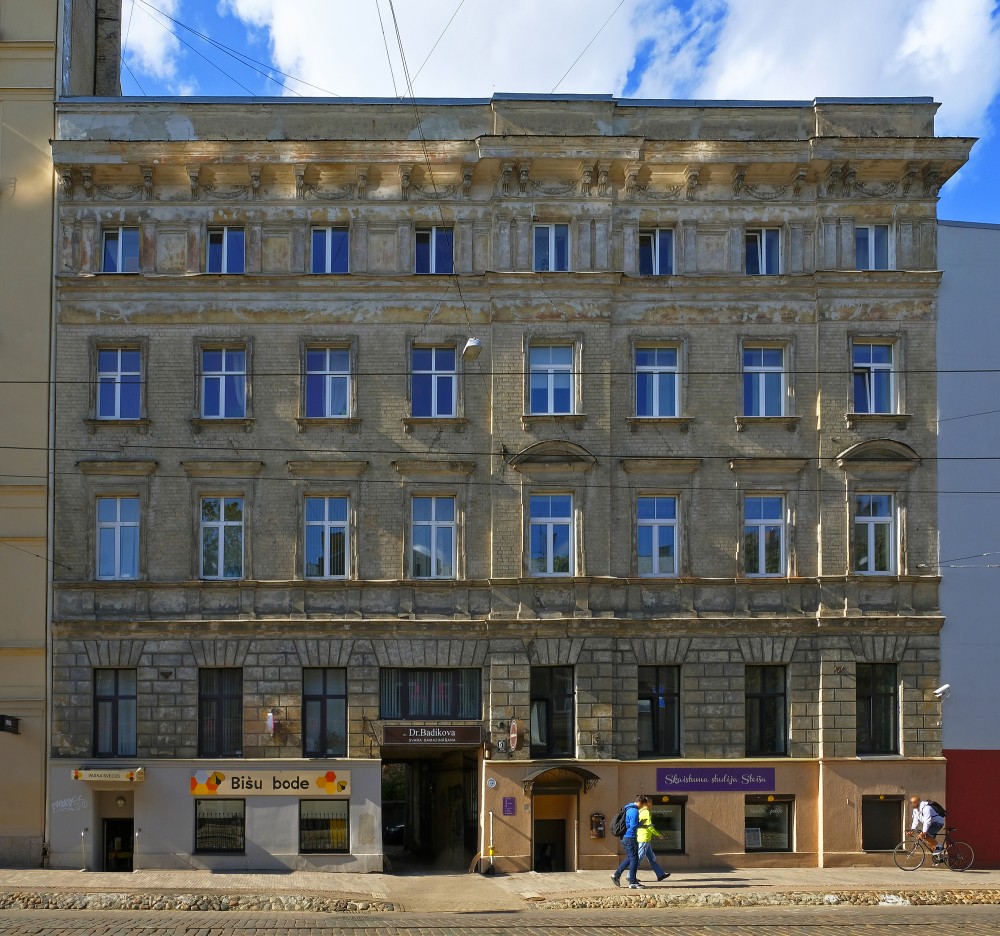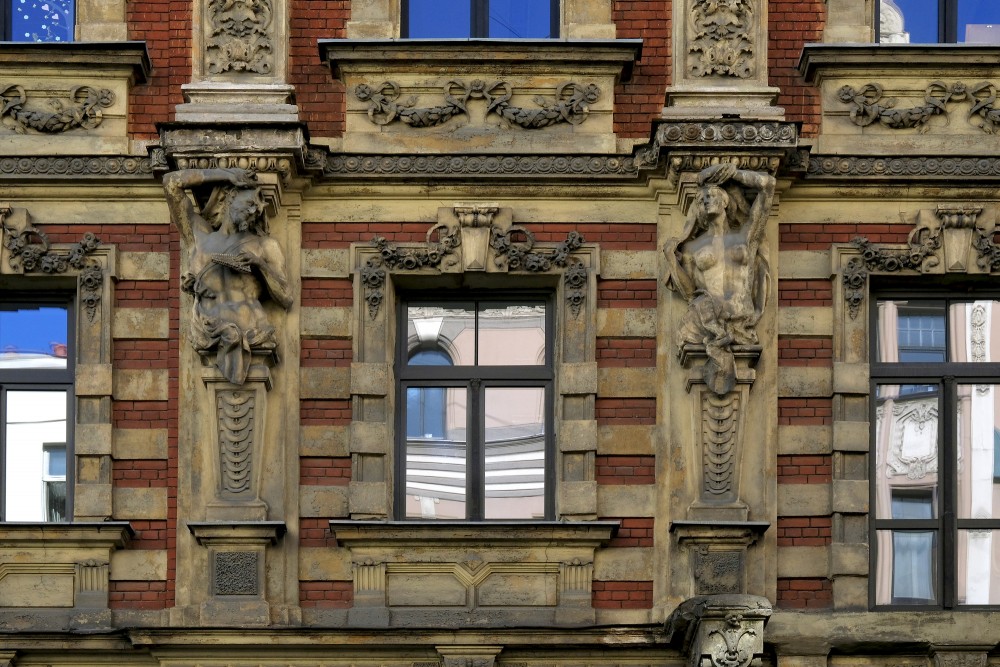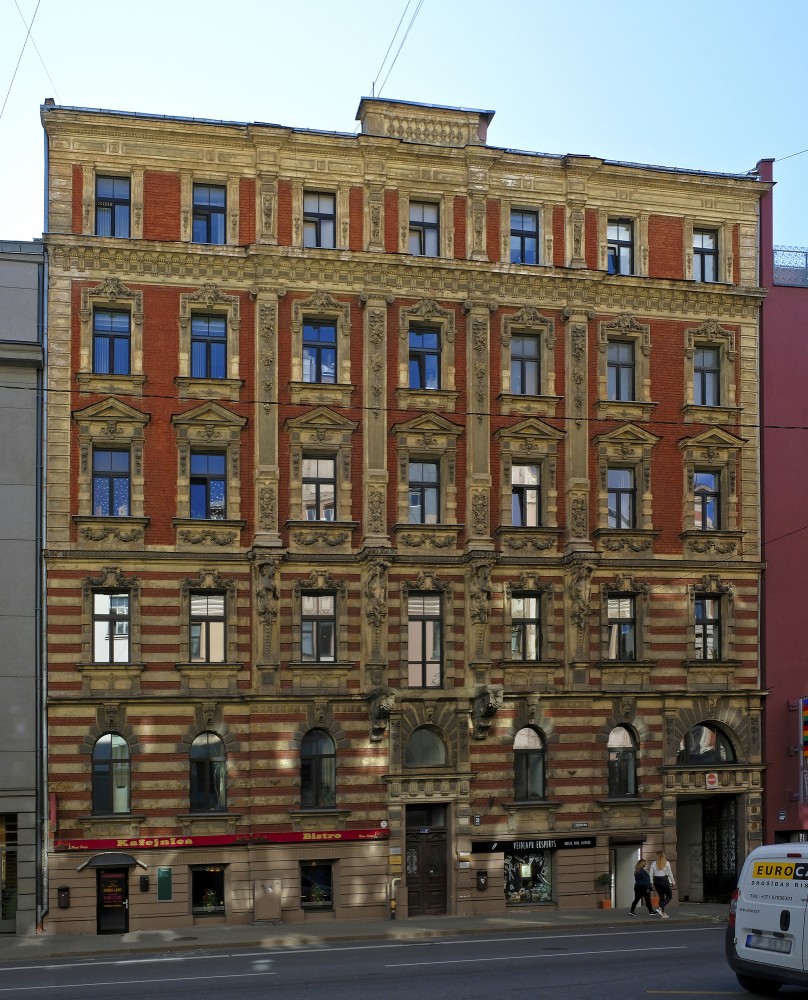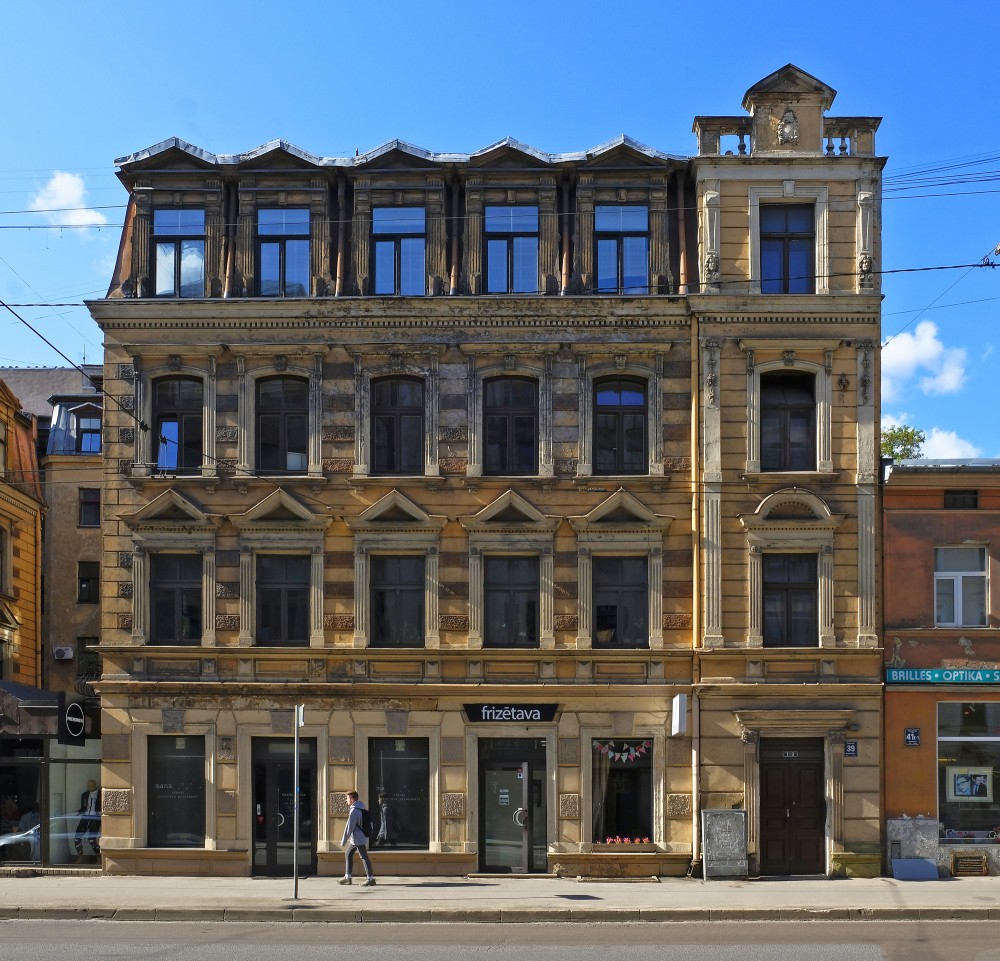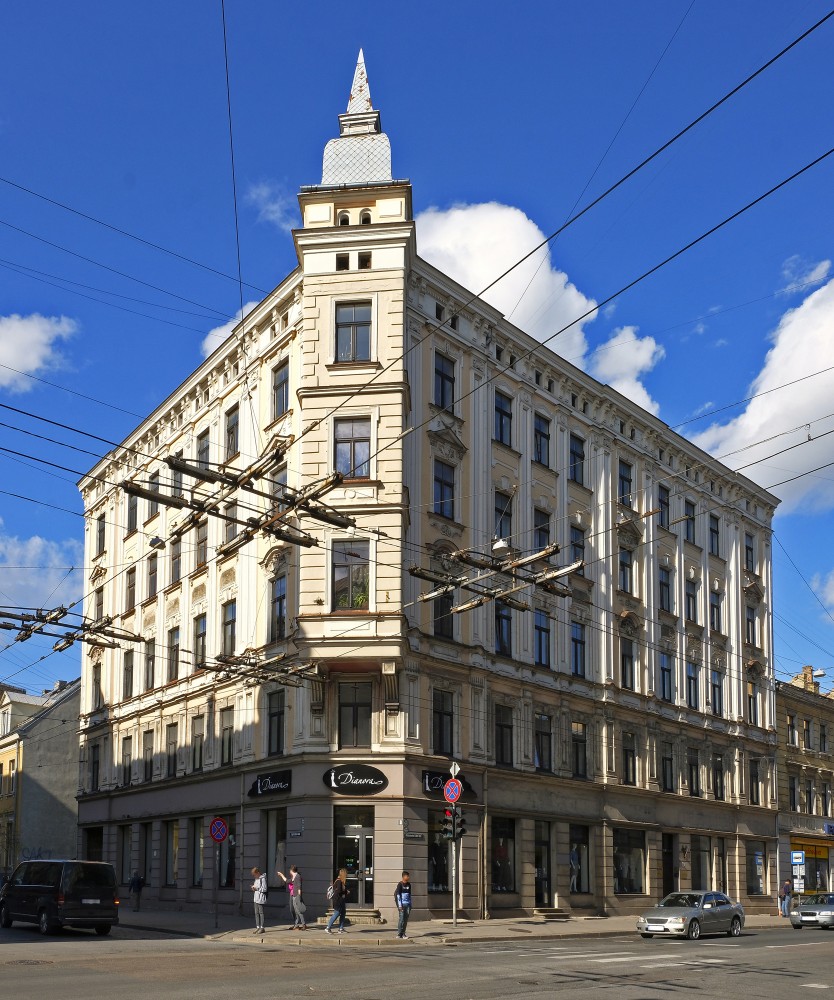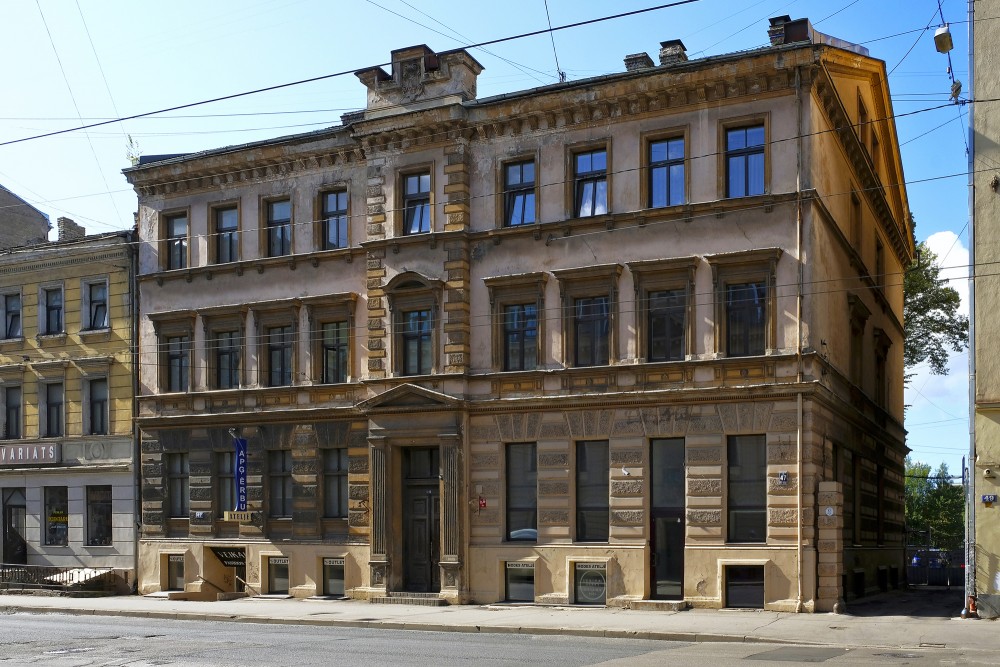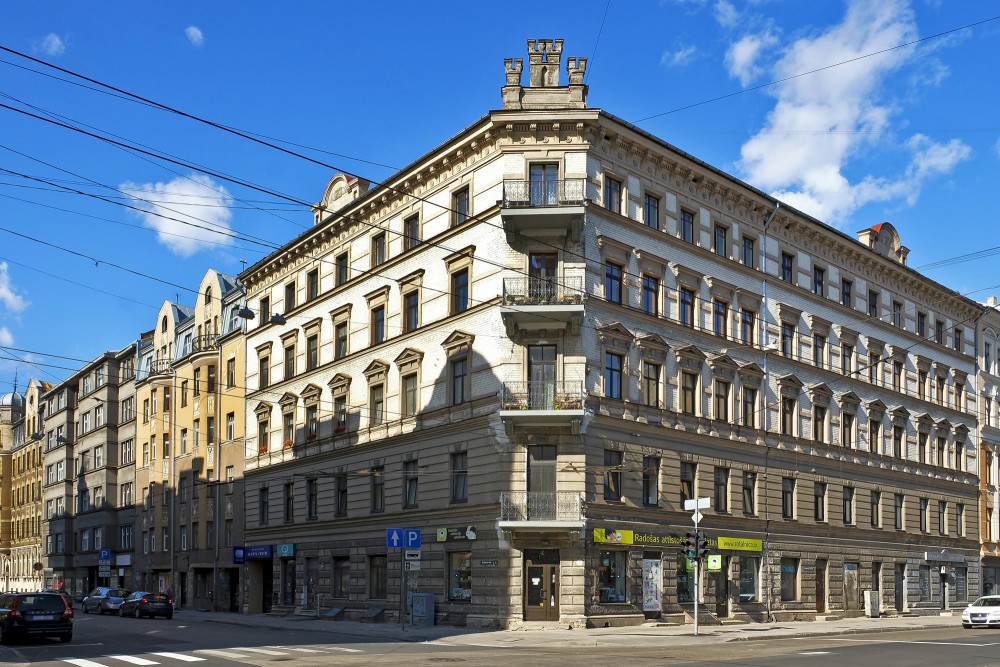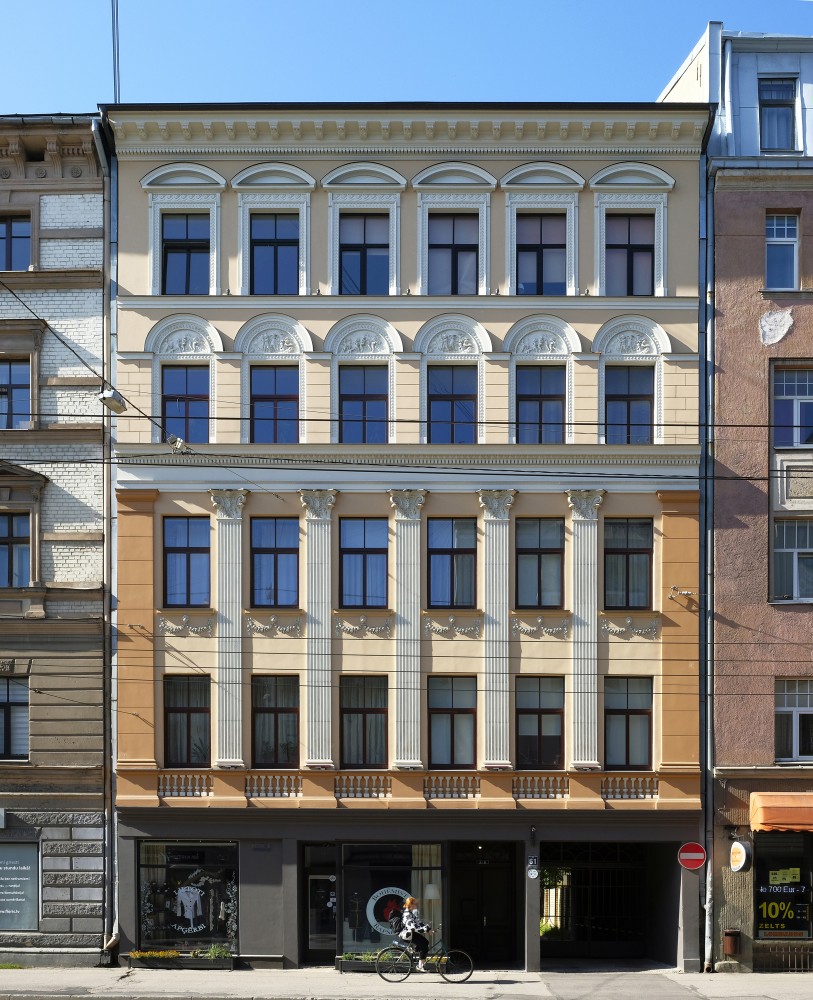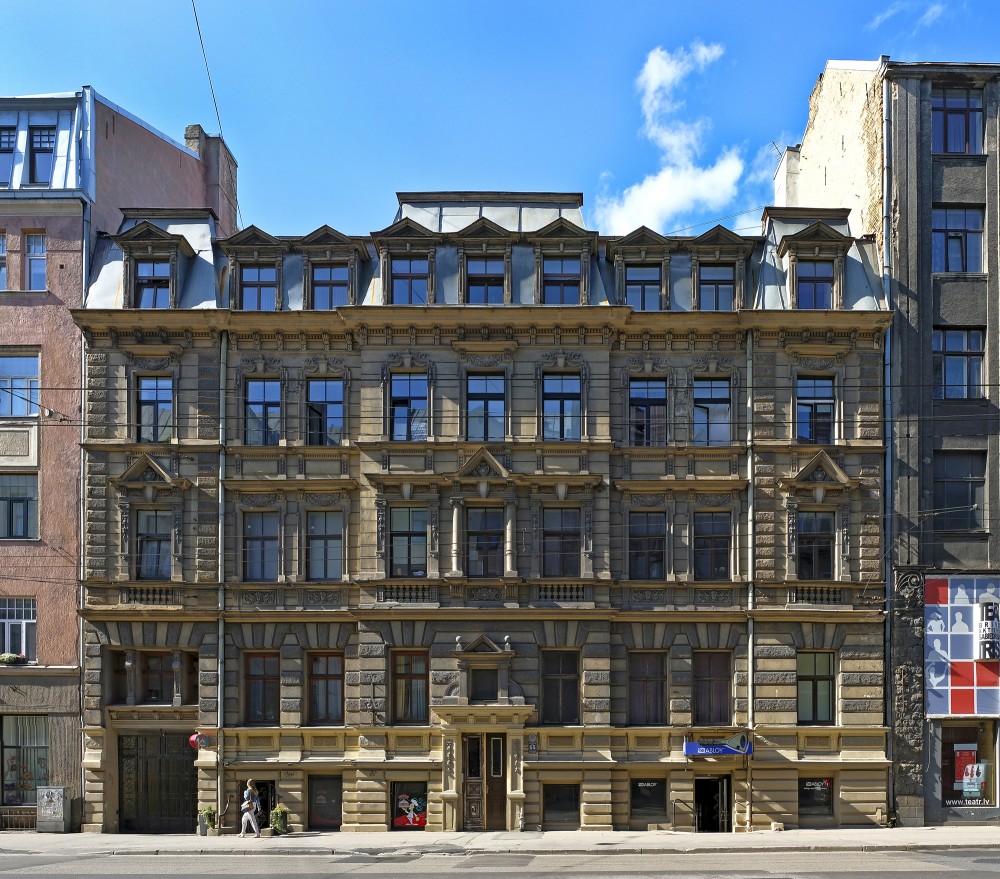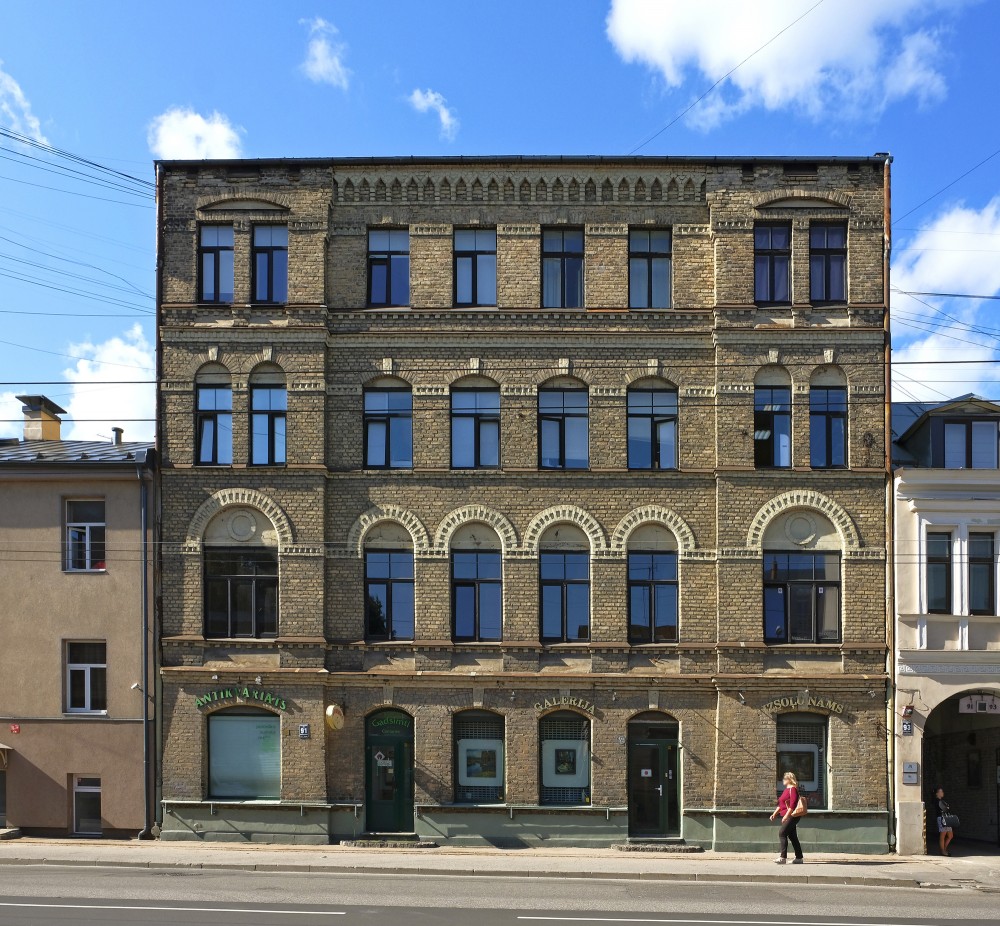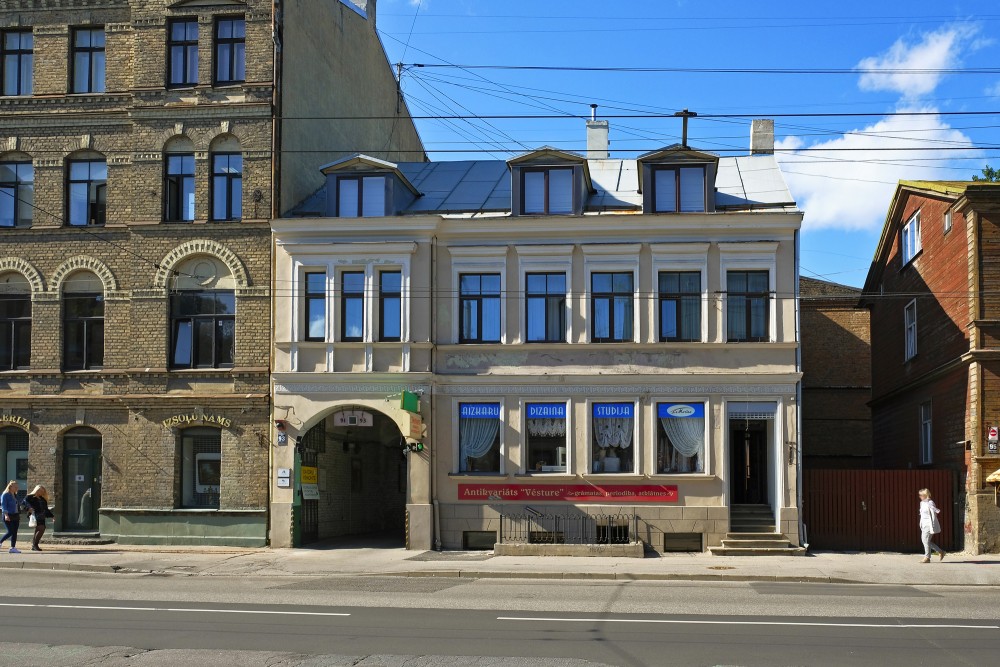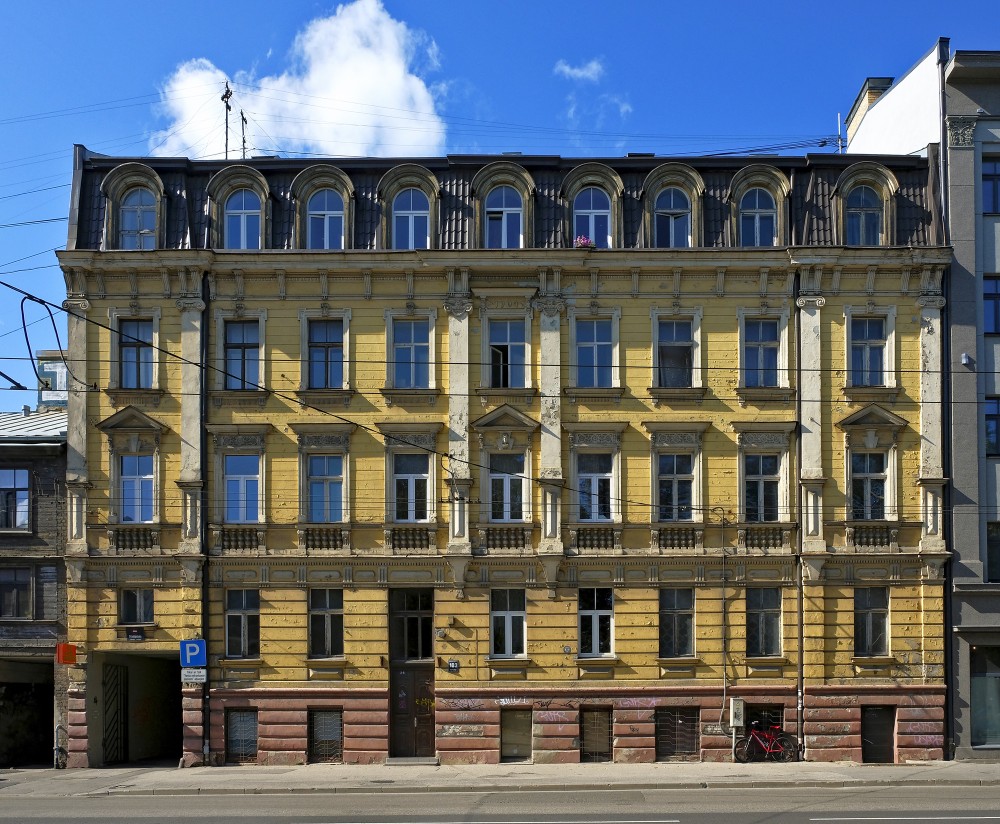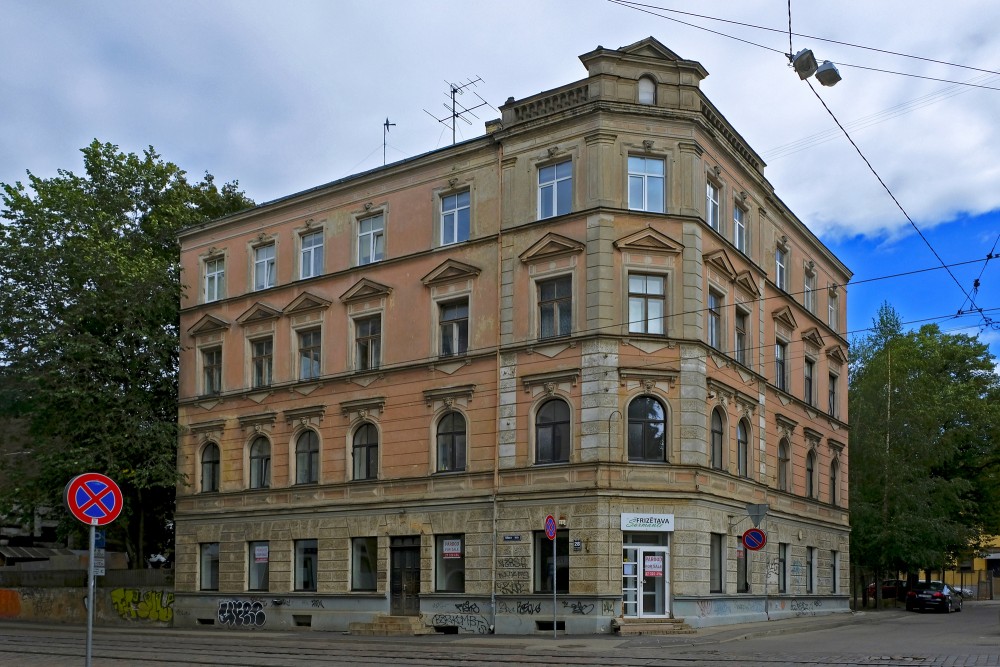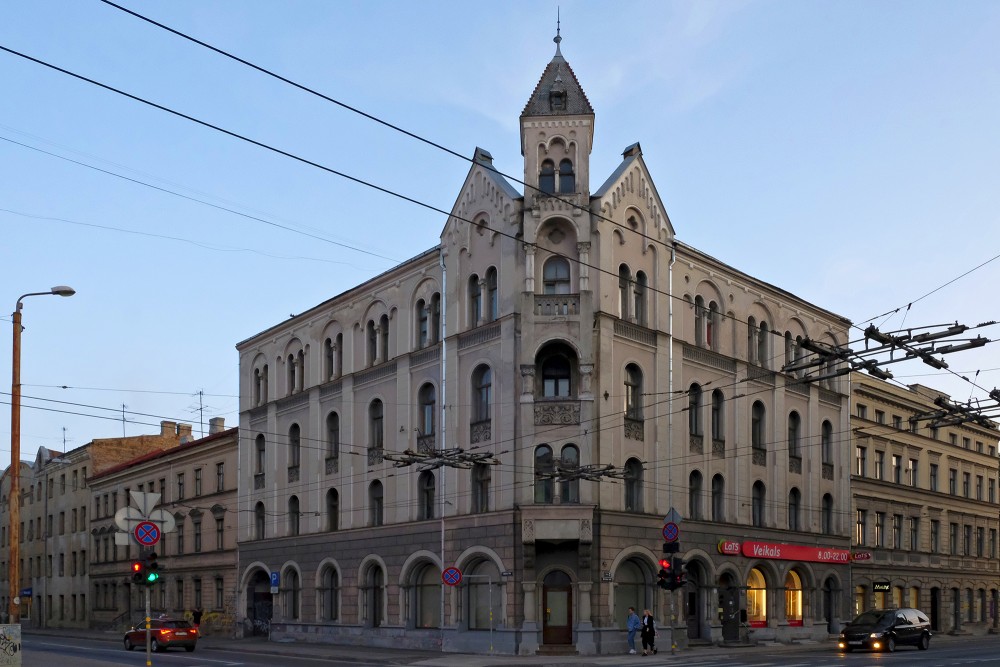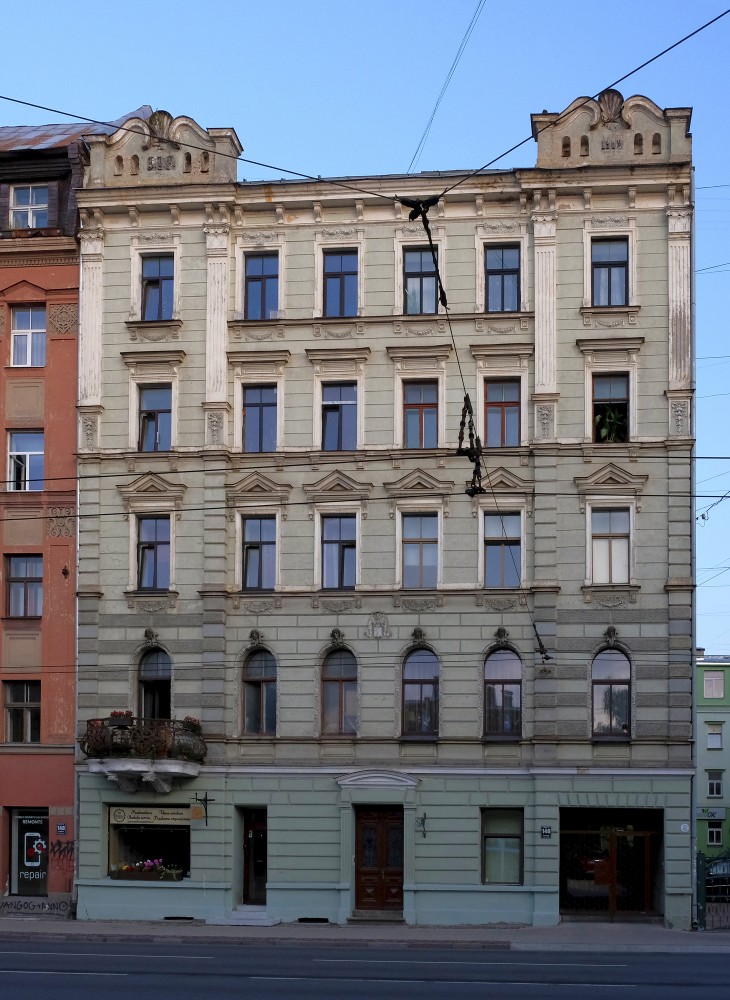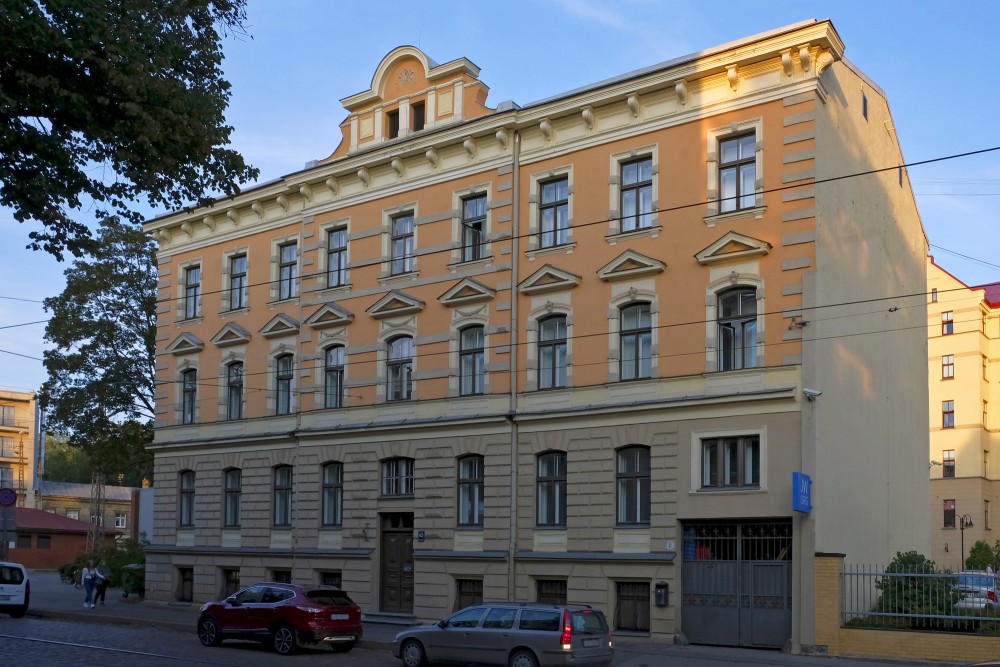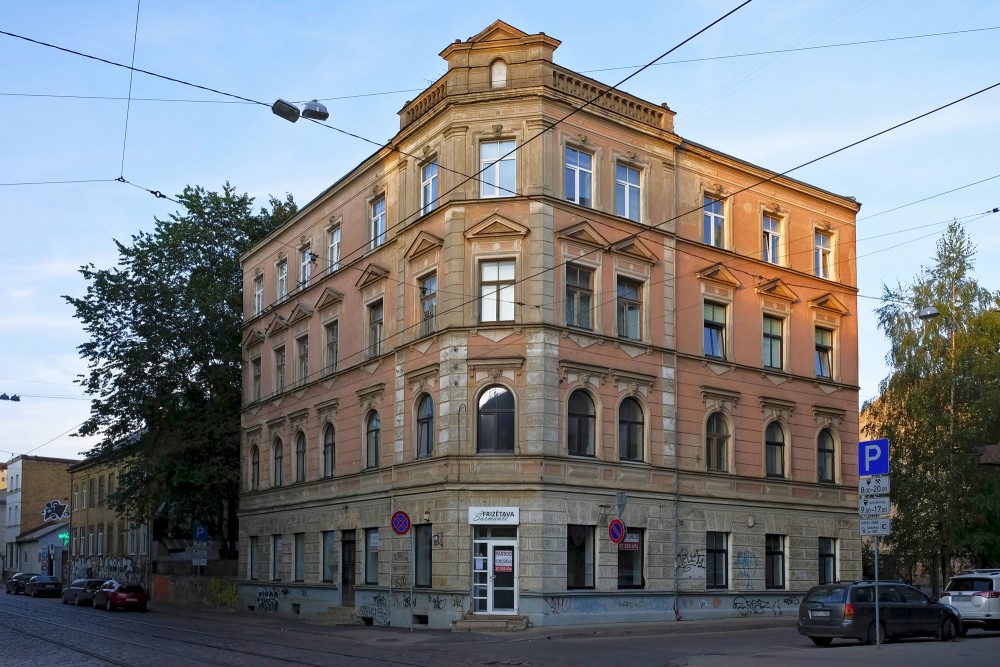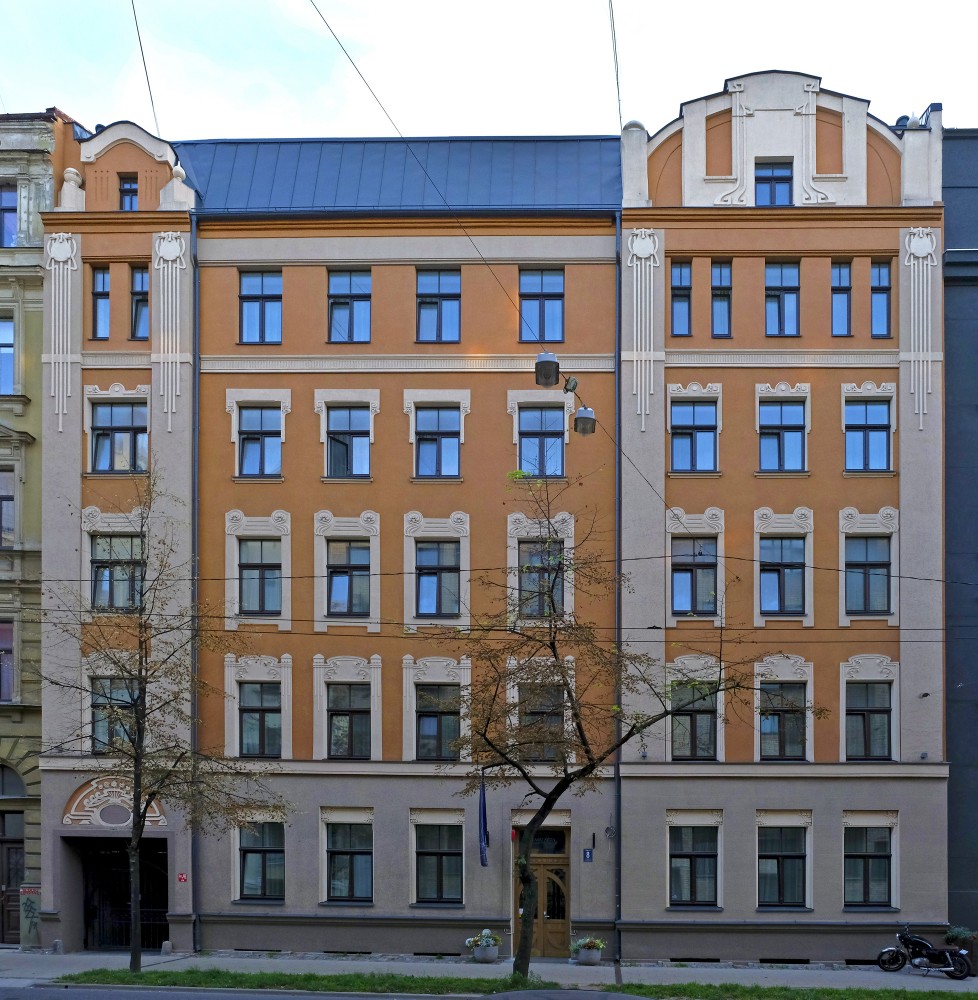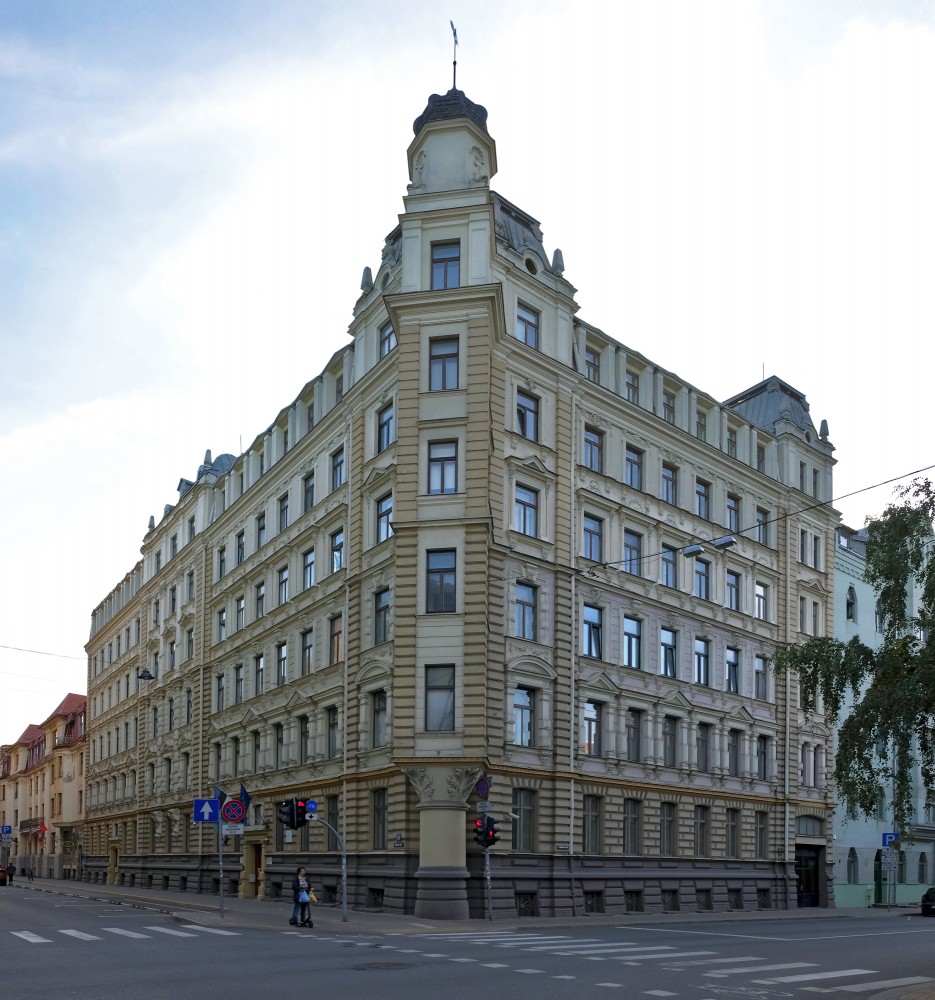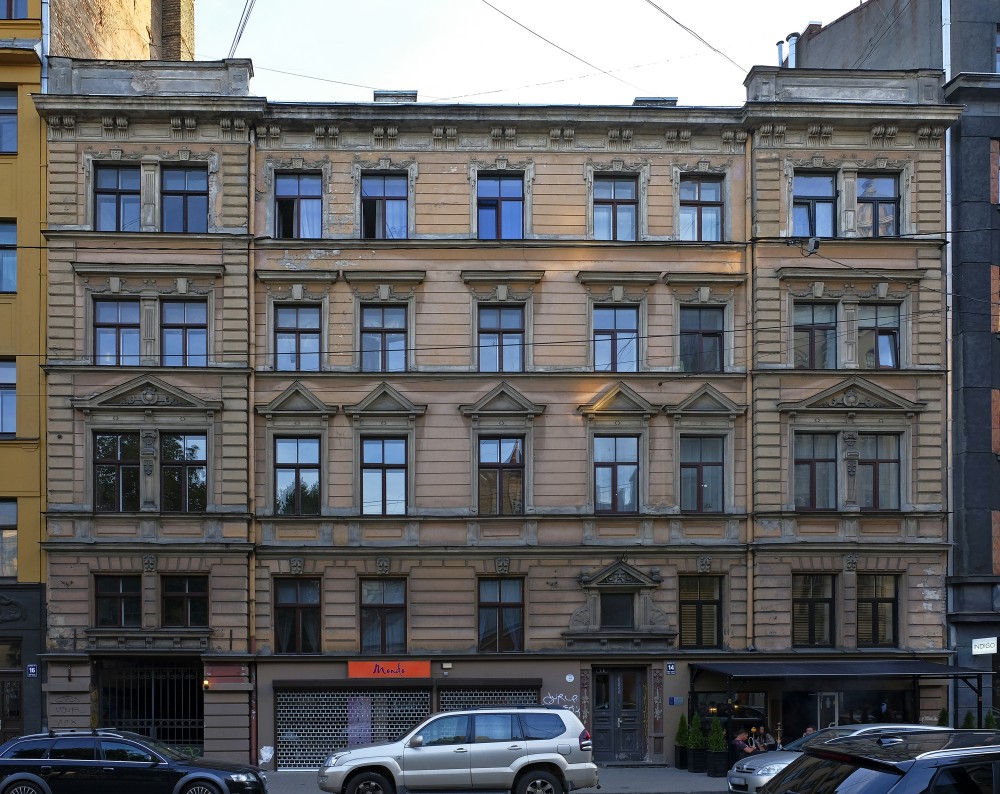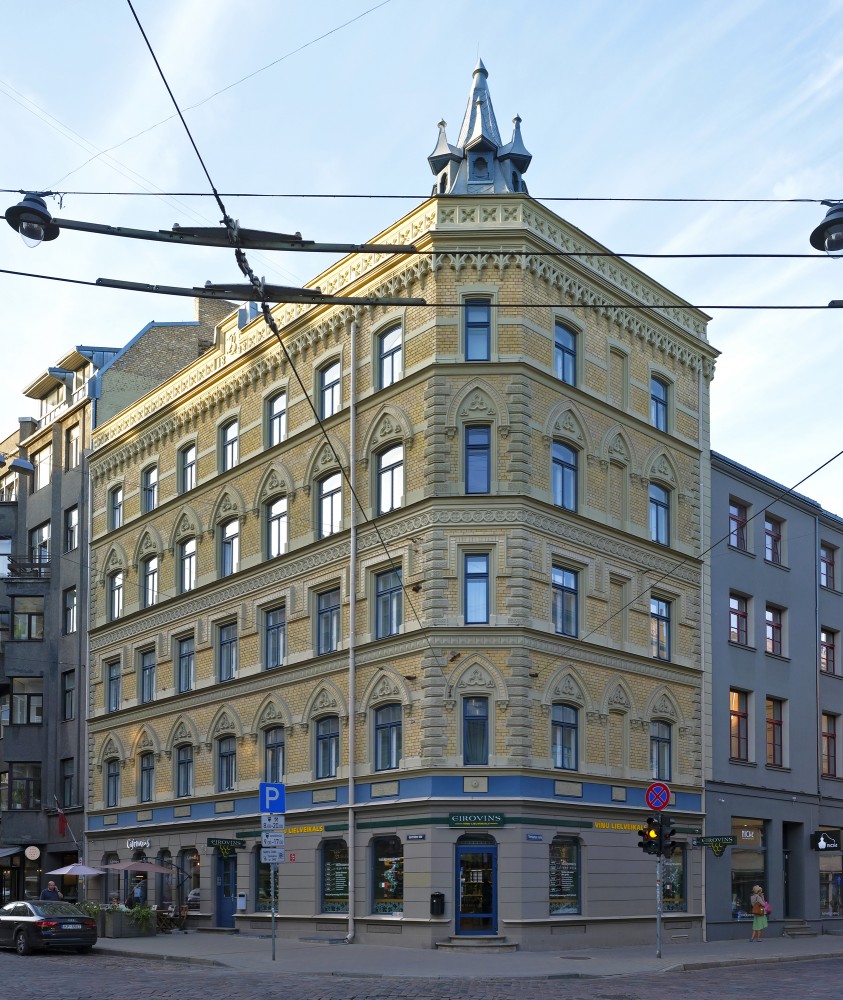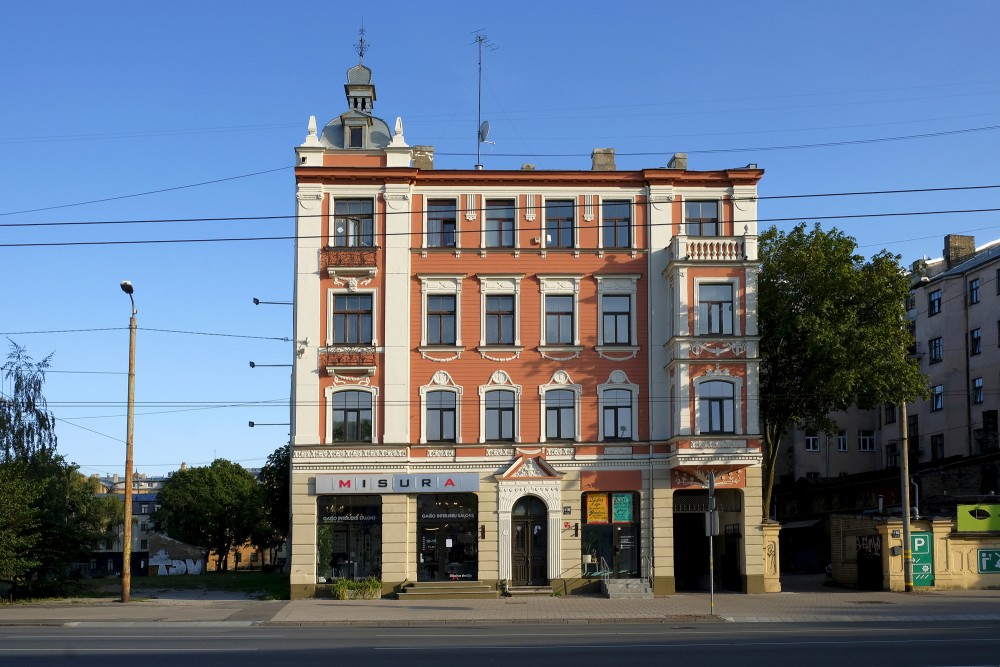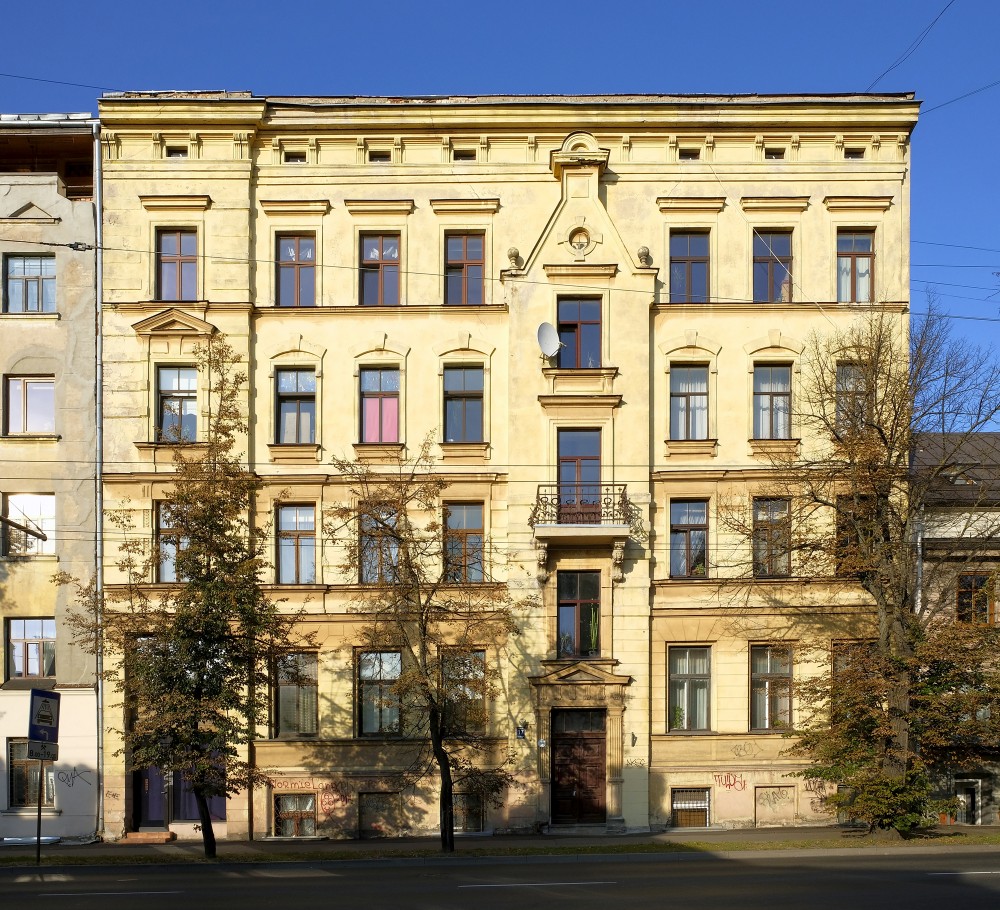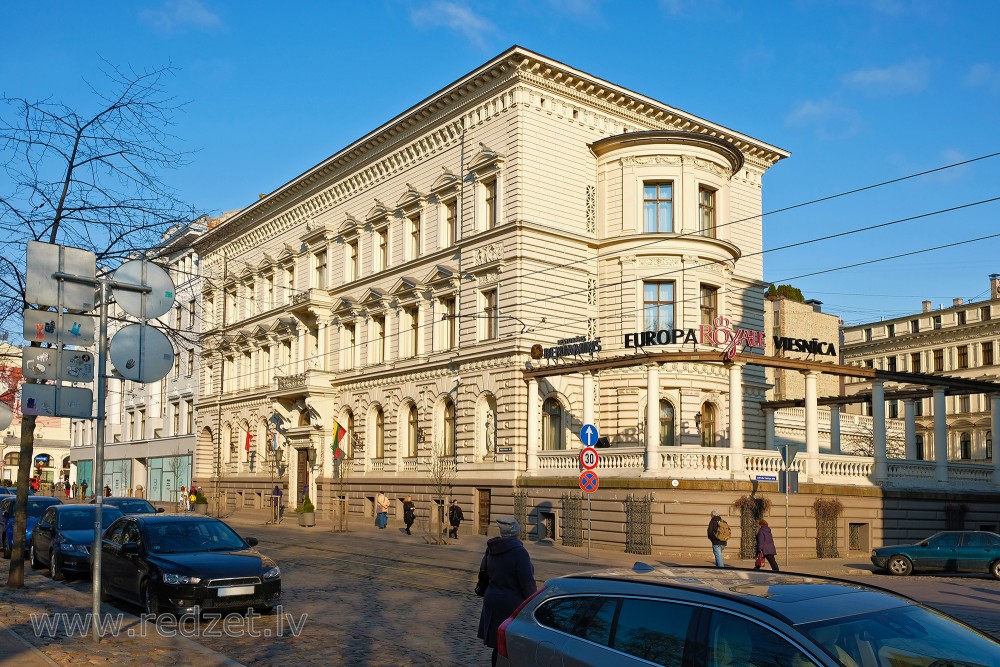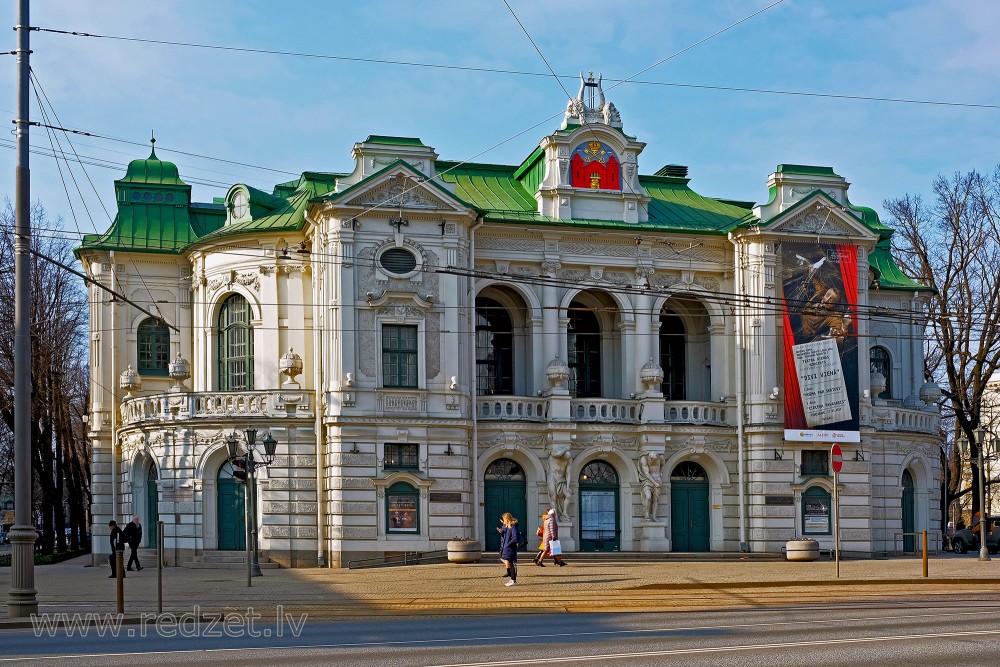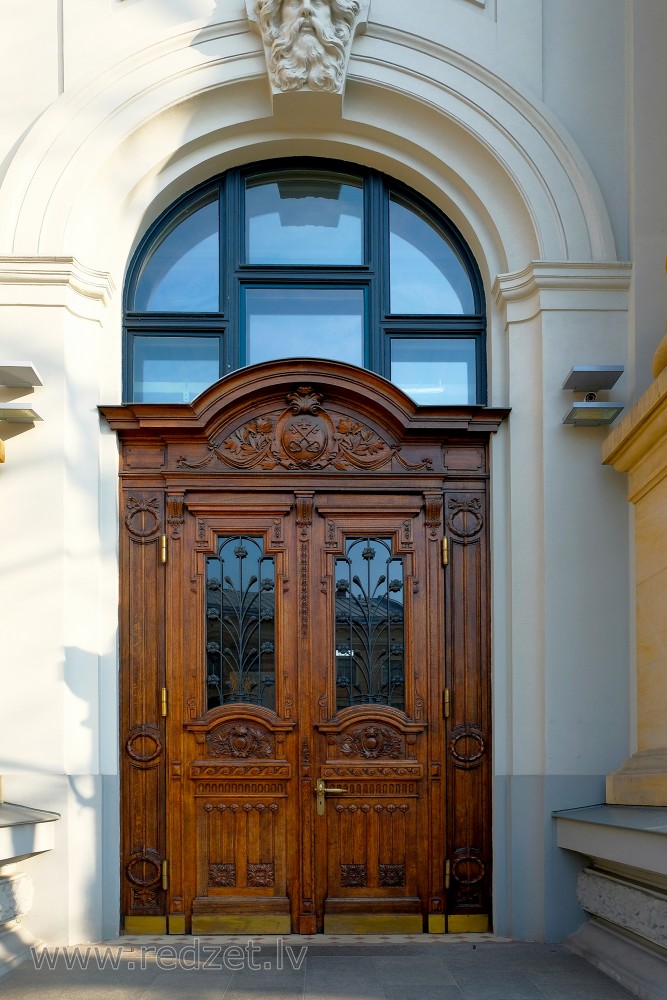Eclectic (architecture)
Eclecticism is a nineteenth and twentieth-century architectural style in which a single piece of work incorporates a mixture of elements from previous historical styles to create something that is new and original. In architecture and interior design, these elements may include structural features, furniture, decorative motives, distinct historical ornament, traditional cultural motifs or styles from other countries, with the mixture usually chosen based on its suitability to the project and overall aesthetic value.
The term is also used of the many architects of the 19th and early 20th centuries who designed buildings in a variety of styles according to the wishes of their clients, or their own. The styles were typically revivalist, and each building might be mostly or entirely consistent within the style selected, or itself an eclectic mixture. Gothic Revival architecture, especially in churches, was most likely to strive for a relatively "pure" revival style from a particular medieval period and region, while other revived styles such as Neoclassical, Baroque, Palazzo style, Jacobethan, Romanesque and many others were likely to be treated more freely.
en.wikipedia.org
Eclecticism is an architectural style that flourished in the 19th and 20th-centuries. It refers to any design that incorporates elements of traditional motifs and styles, decorative aesthetics and ornaments, structural features, and so on, that originated from other cultures or architectural periods.
Designers that adopt eclecticism often choose to focus on one particular style rather than a combination, and historically this has given rise to a number of revivalist movements such as:
- Classical revival style.
- Colonial revival style.
- Exotic revival style.
- Gothic revival style.
- Italian renaissance revival style.
- Spanish colonial revival style.
- Tudor revival style.
However, the main driving force behind eclecticism was the harnessing of historic styles to create something original and new, rather than simply to revive older styles.
As a movement, eclecticism first emerged in Europe, particularly coming out of France’s Beaux Arts style and Britain’s Victorian architecture, when architects were encouraged to explore their expressive and creative freedom, rather than simply following the requests of their clients.
In America, eclecticism was far more influential, with architects such as Richard Morris Hunt and Charles Follen McKim adopting the Beaux Arts approach in their designs which, as became typical among American architects, were more flexible according to their and their client’s own stylistic choices. Since many of these architects chose to incorporate historic features that had previously only been seen in European architecture, the eclectic style was considered to contribute to a sense of rich culture and history.
During the 1930s, Modernism and Art Deco became more prevalent as a result of the wide availability of new technology and materials and access to new design schools. Consequently, eclecticism declined in favour. Modernism was seen as entirely new and innovative, and moved away from historical imitation, however, eclecticism would later be revived in a newer form with the advent of post-modernism.
www.designingbuildings.co.uk
